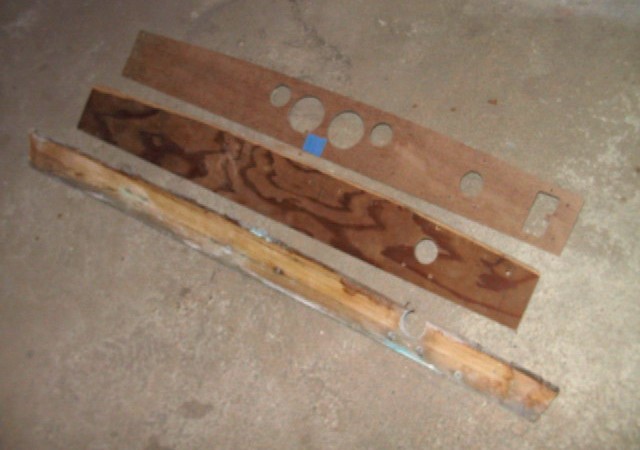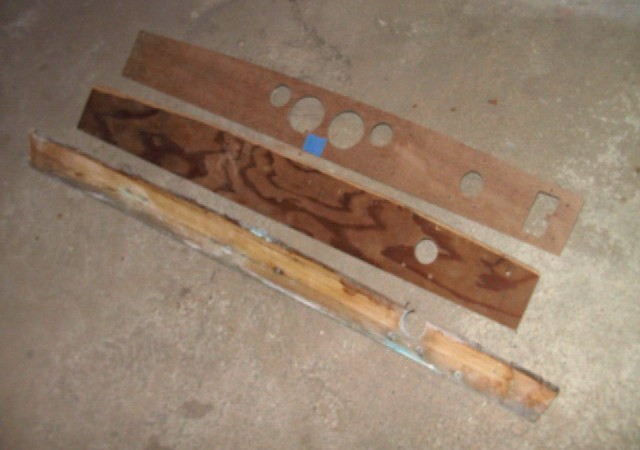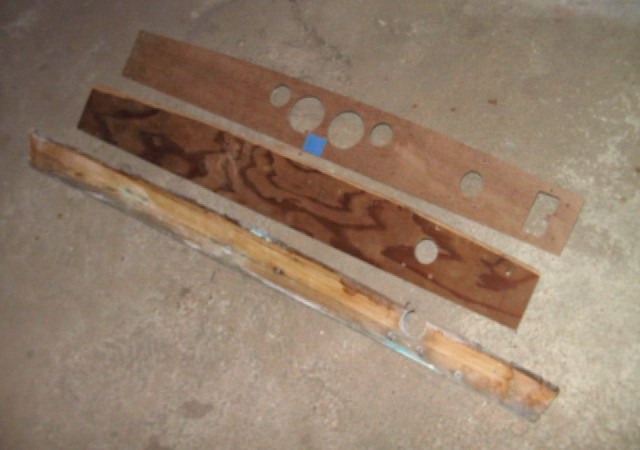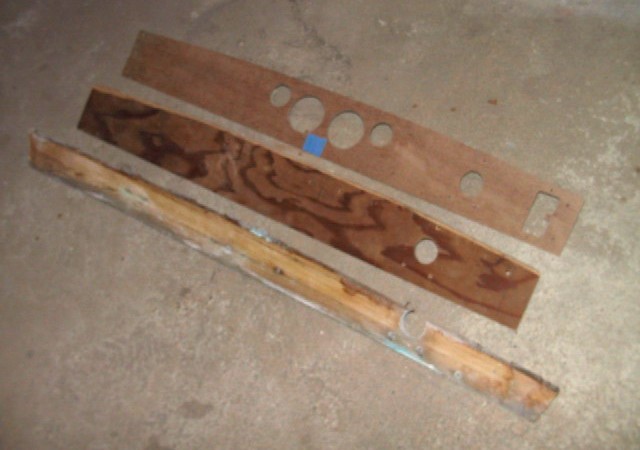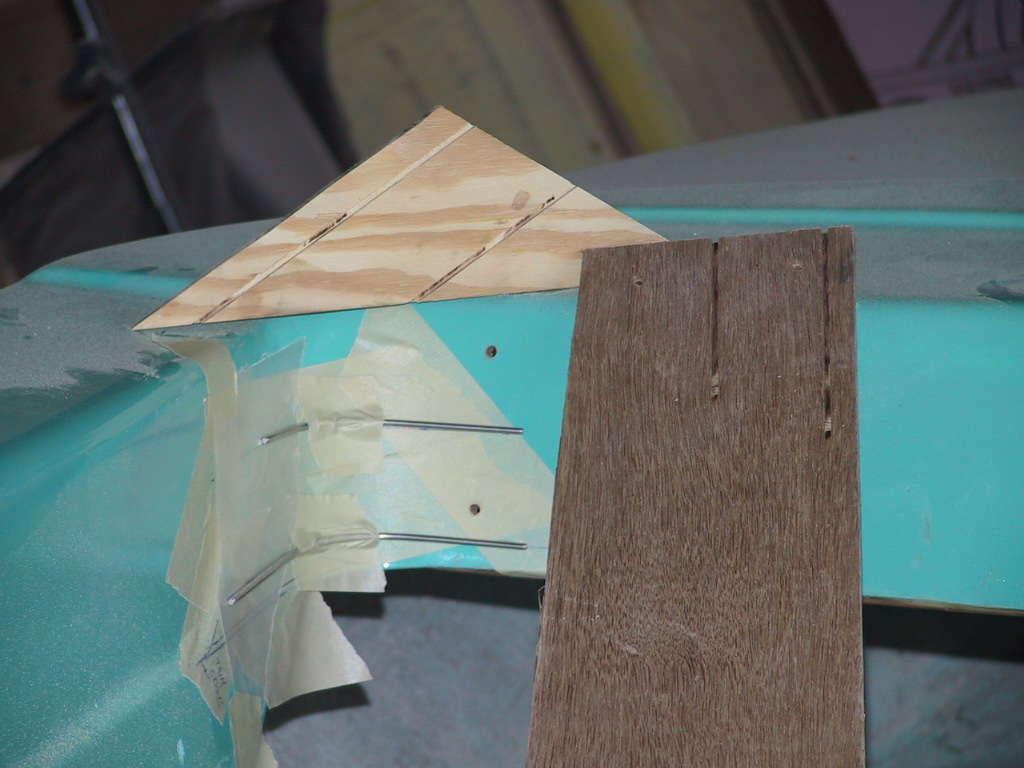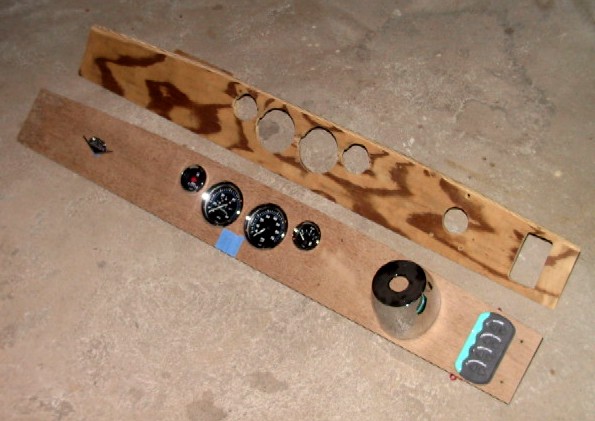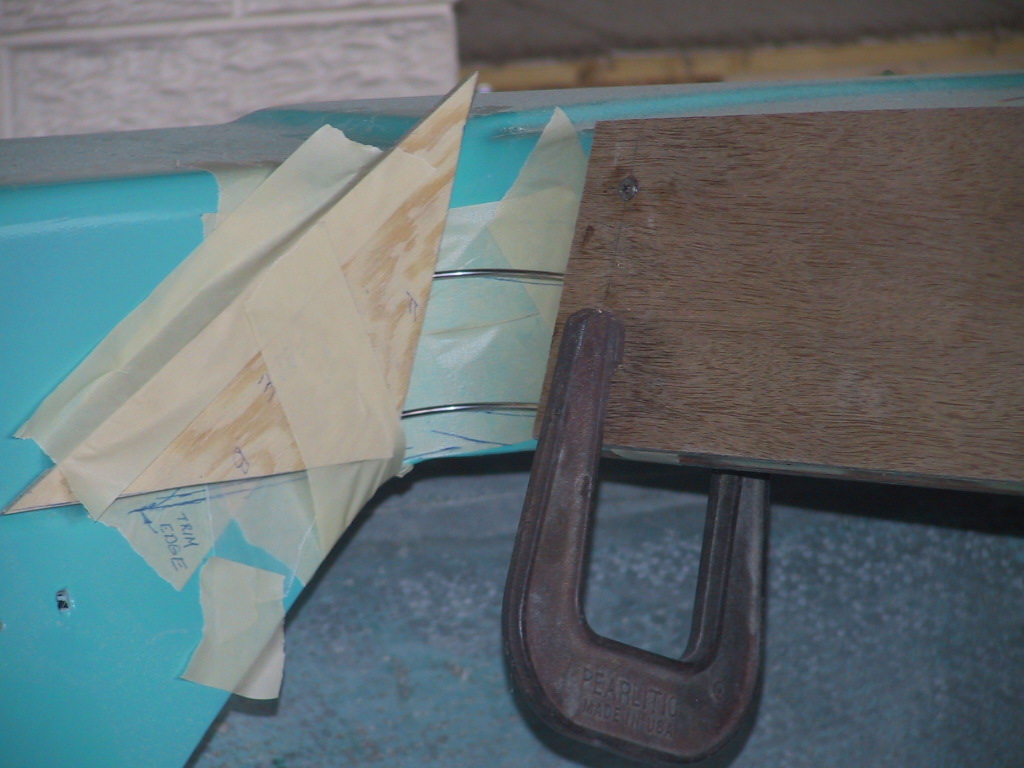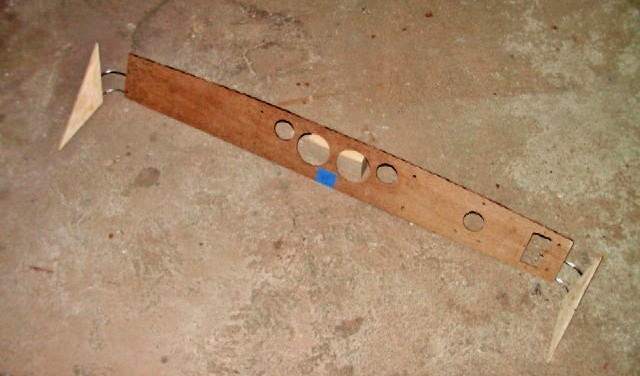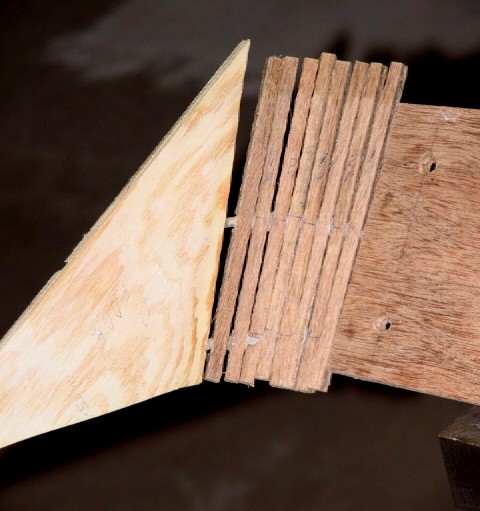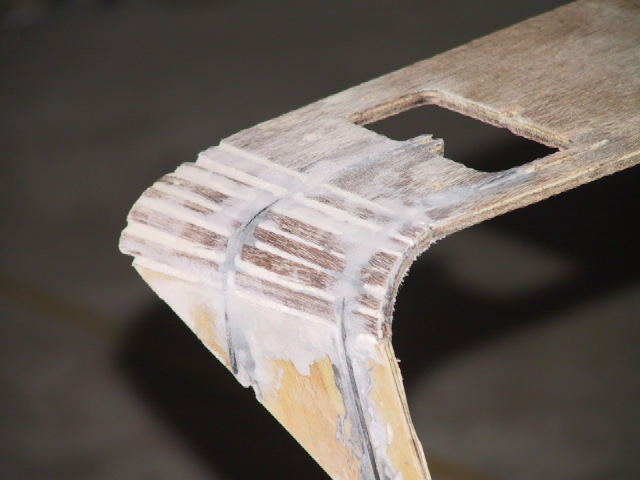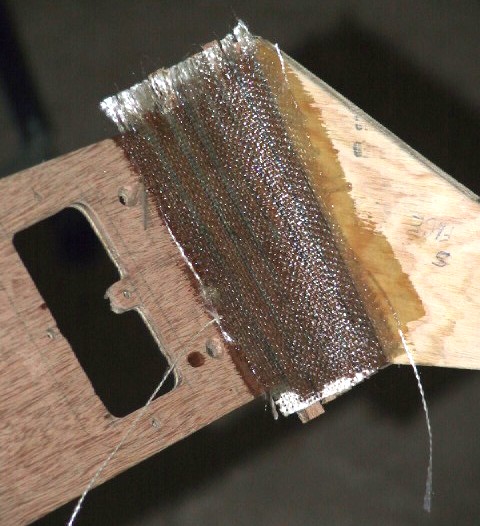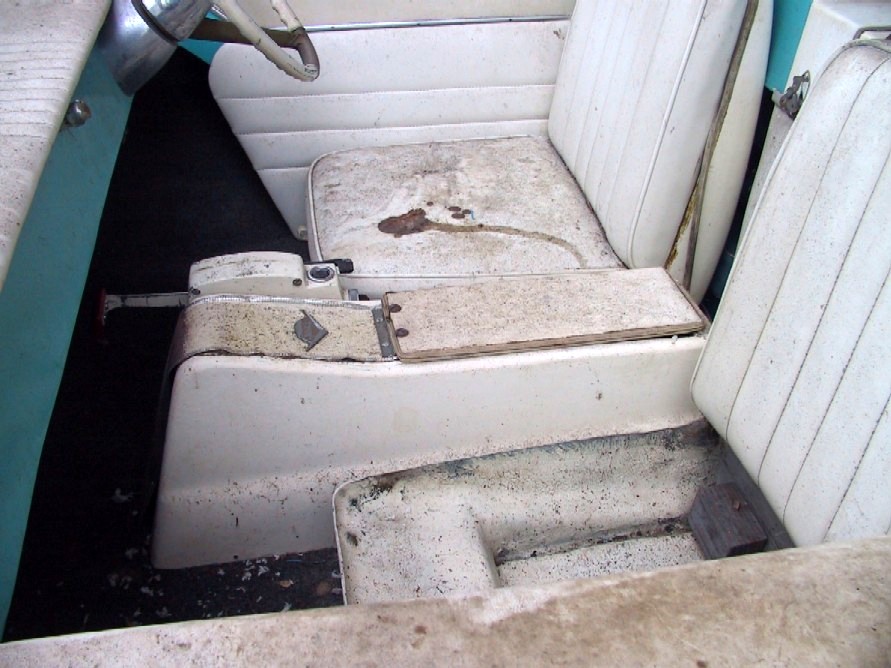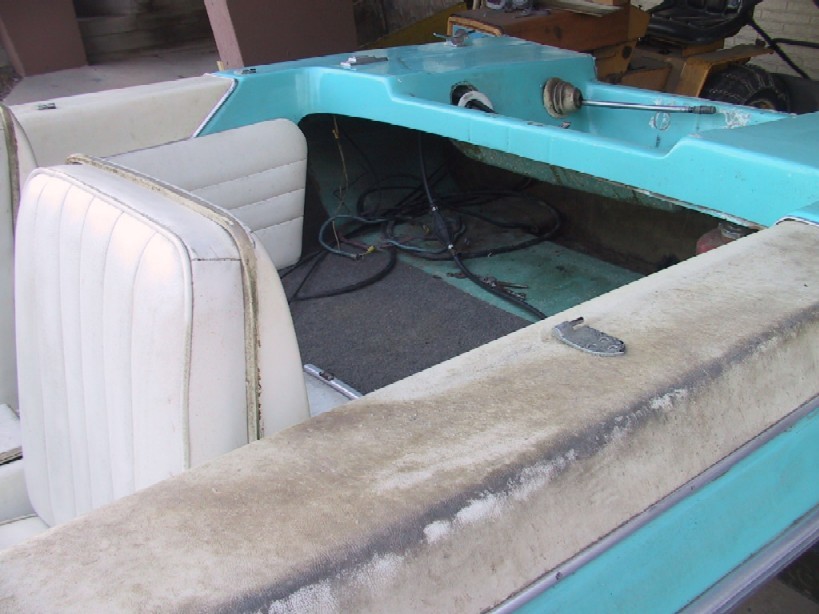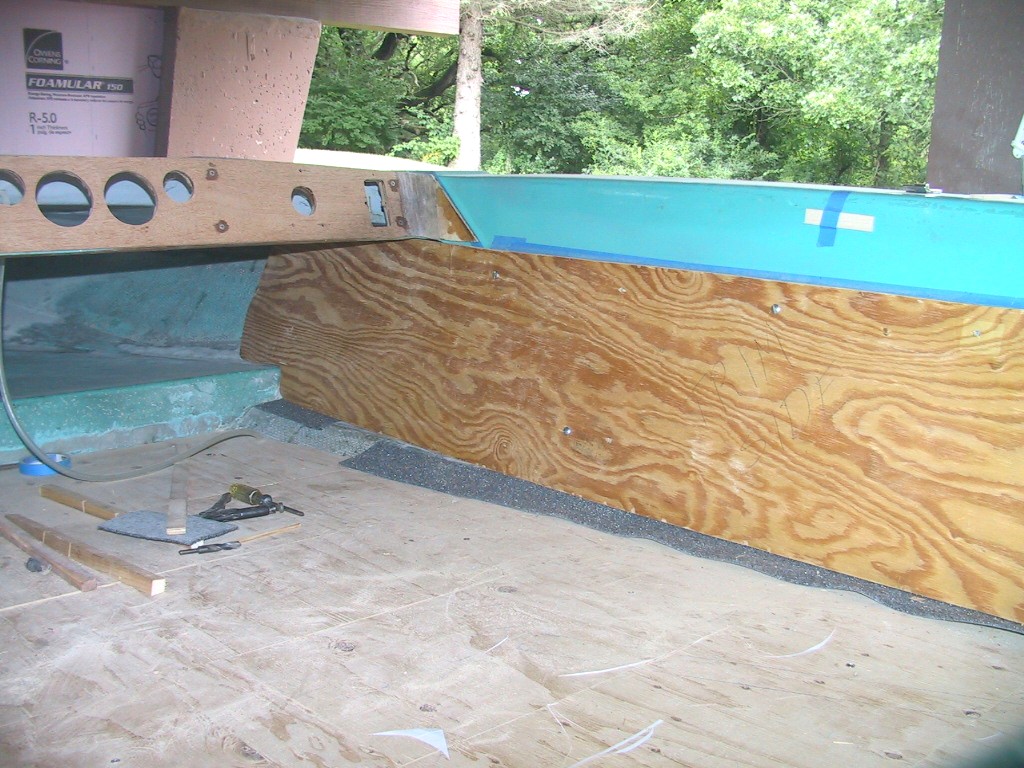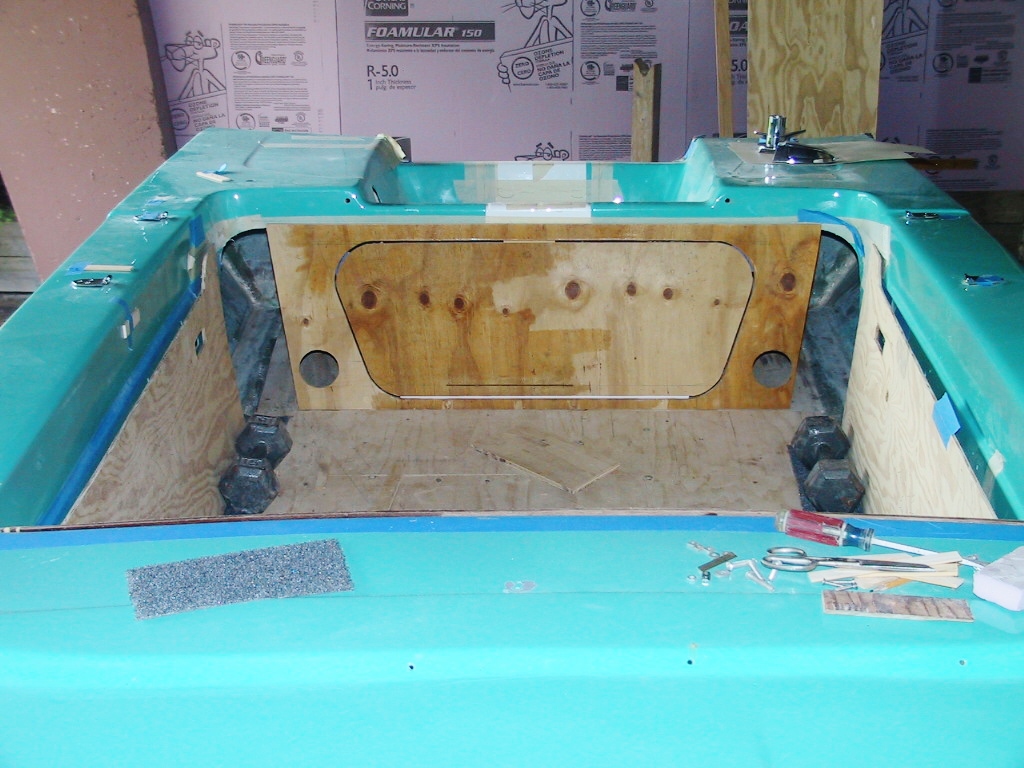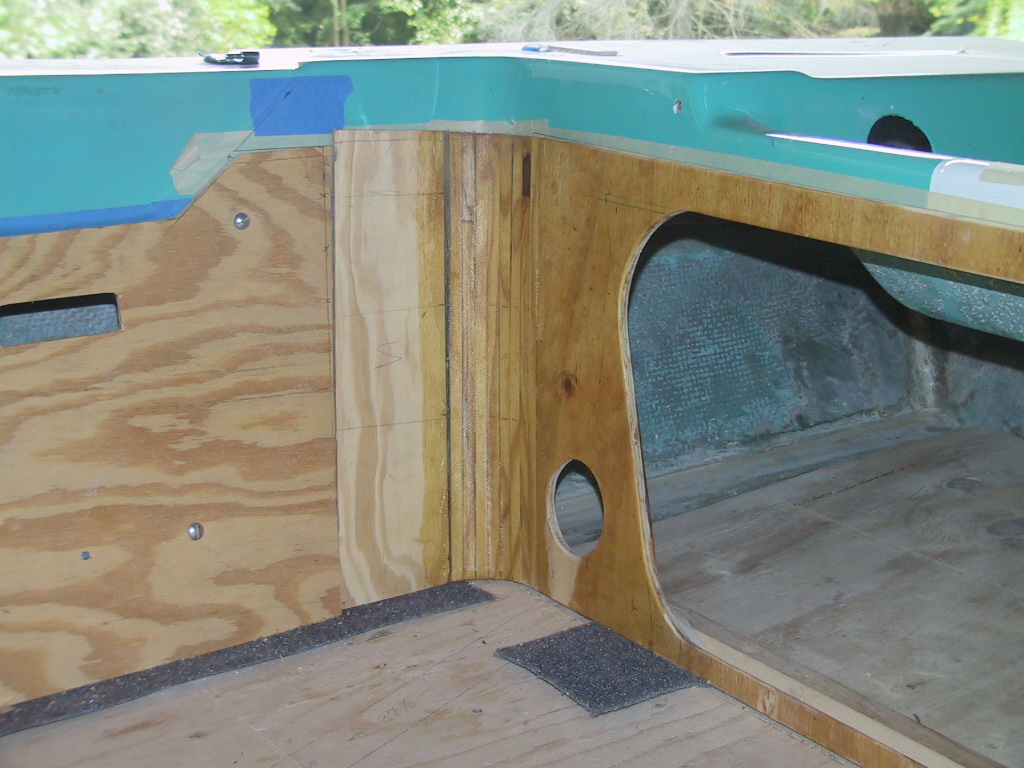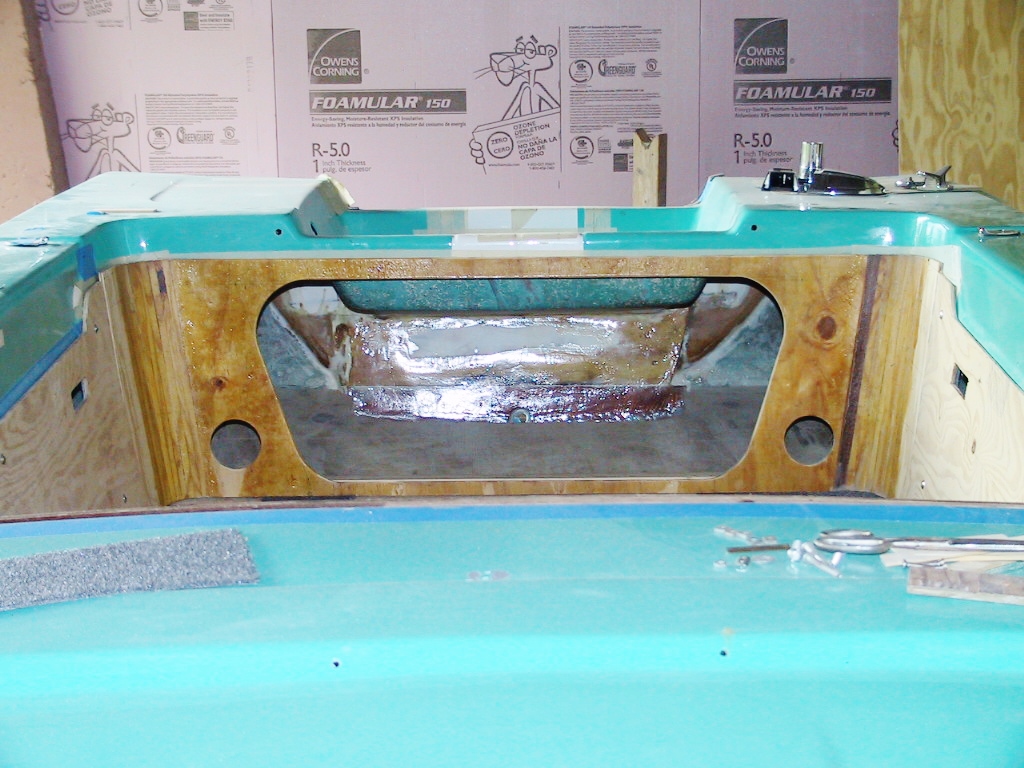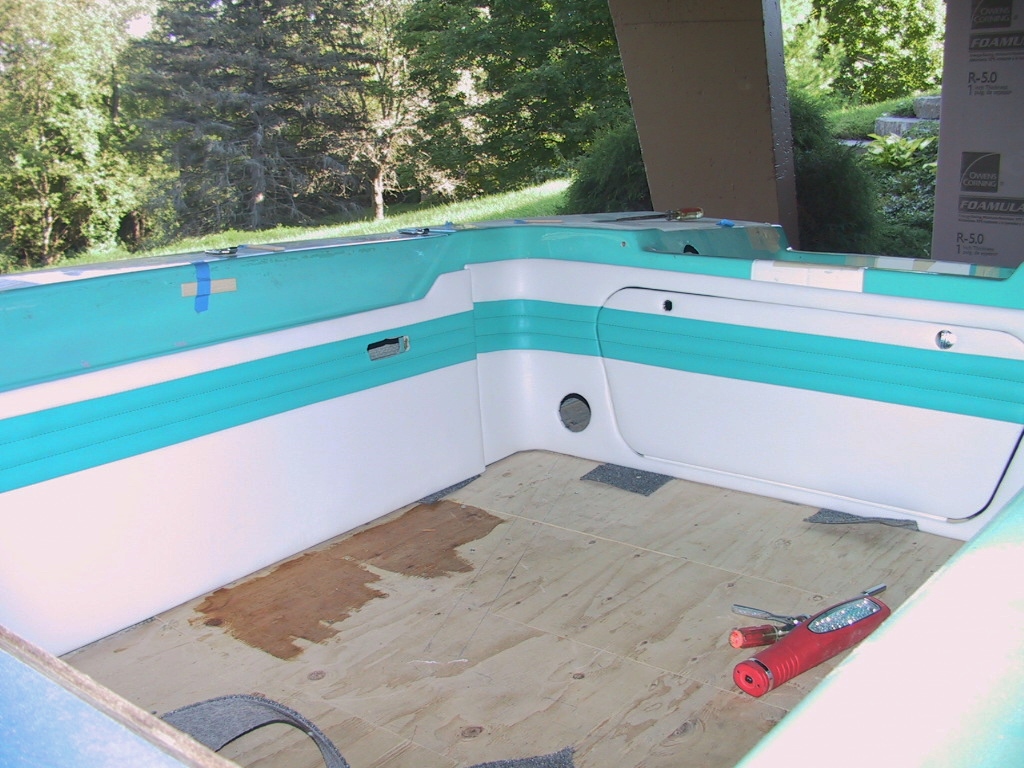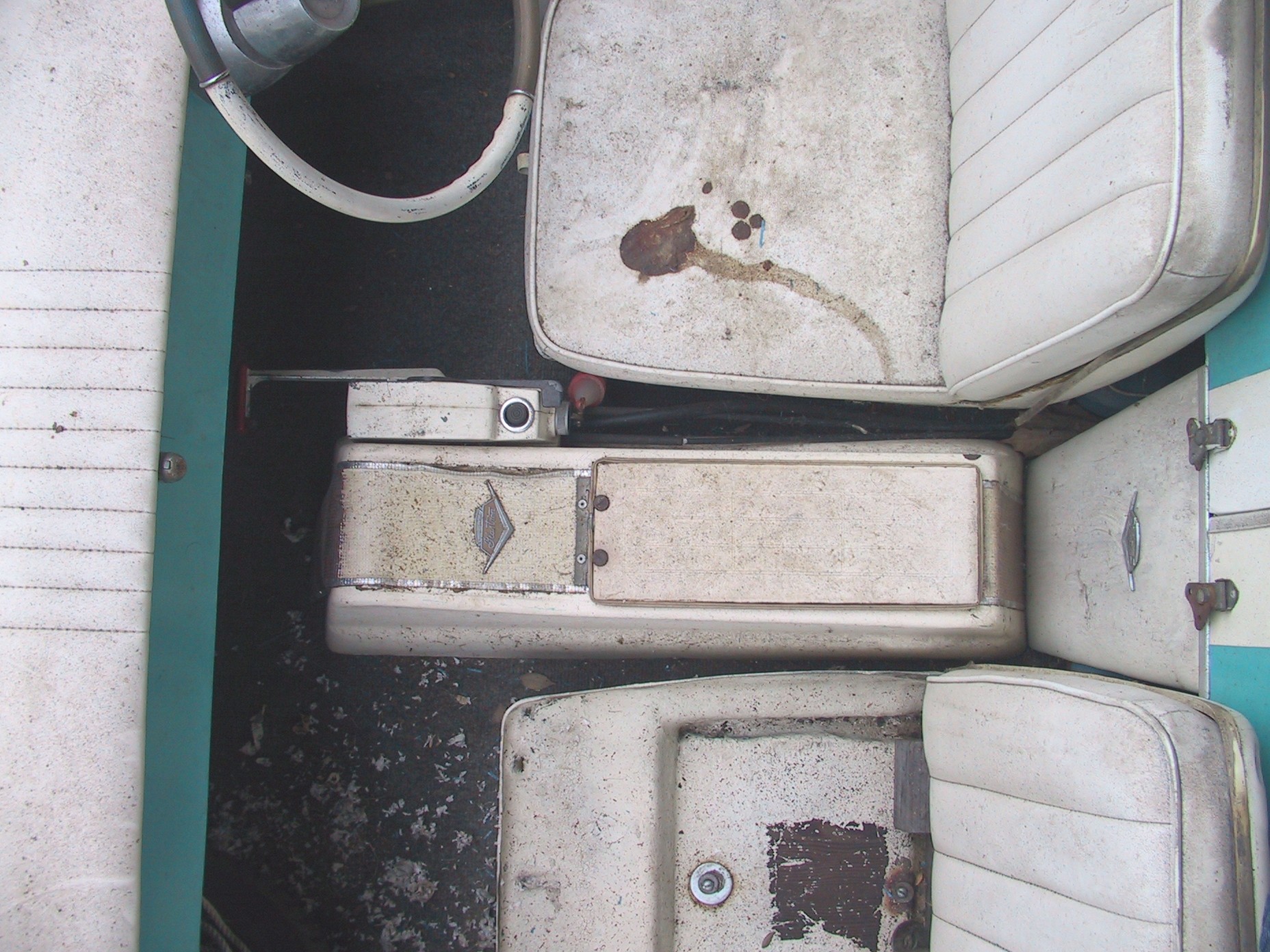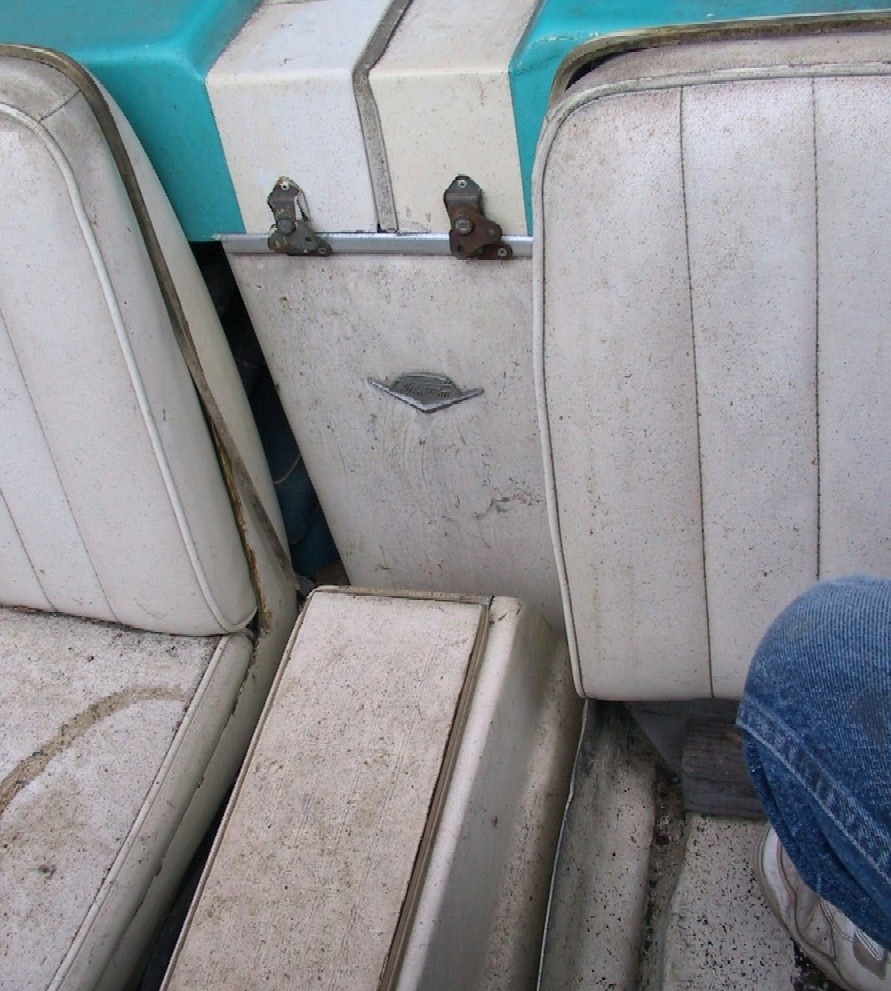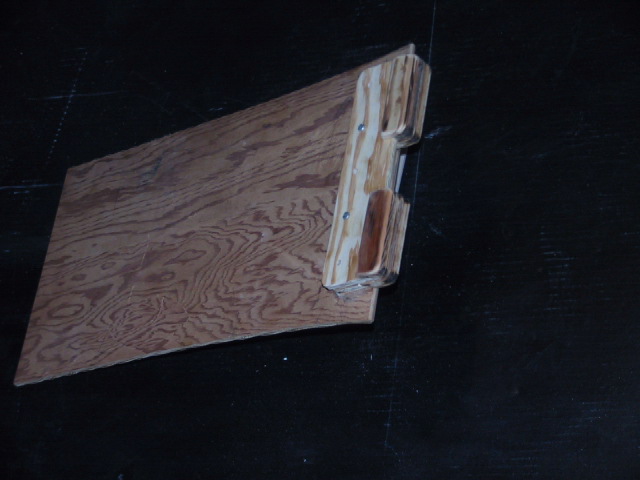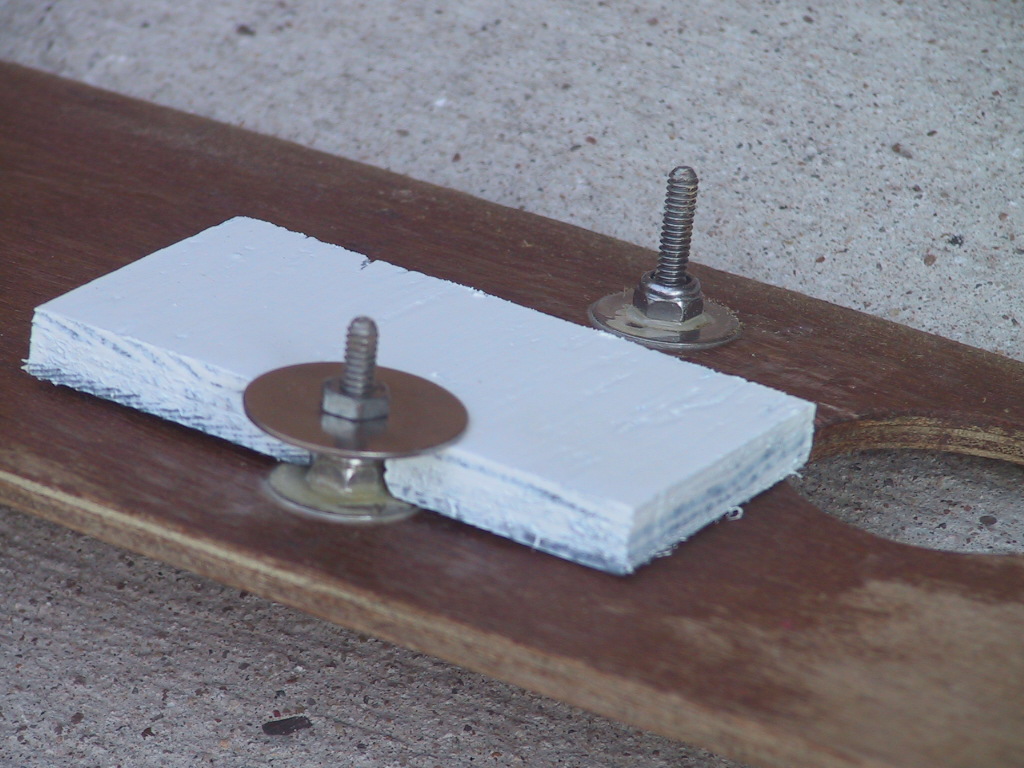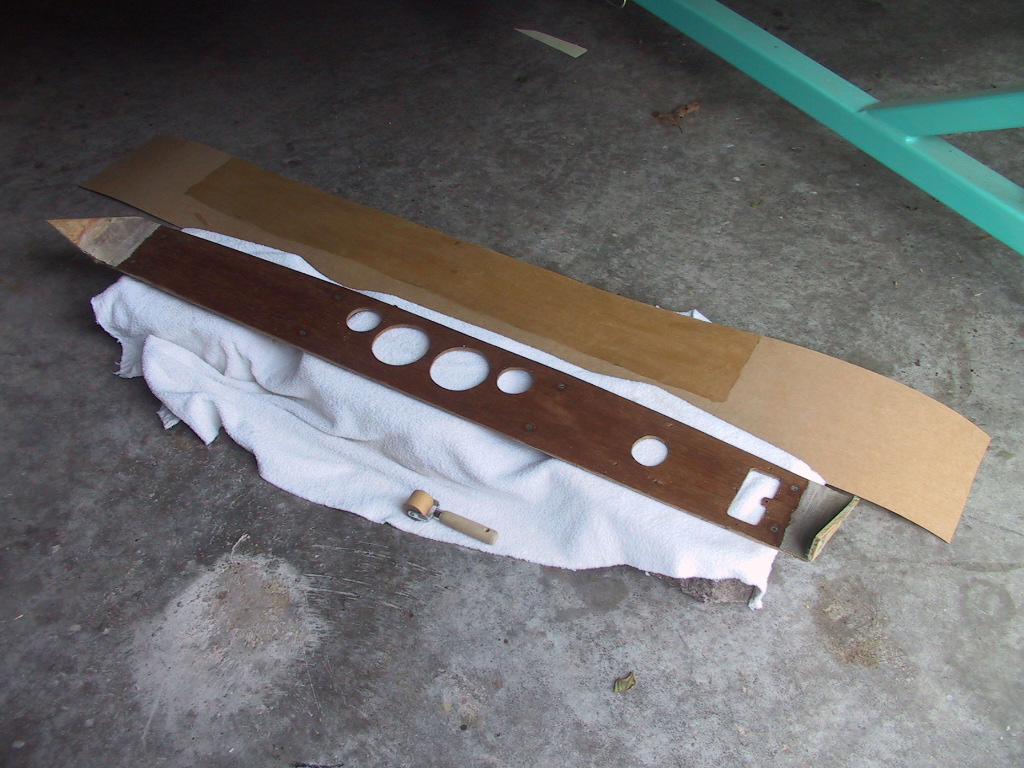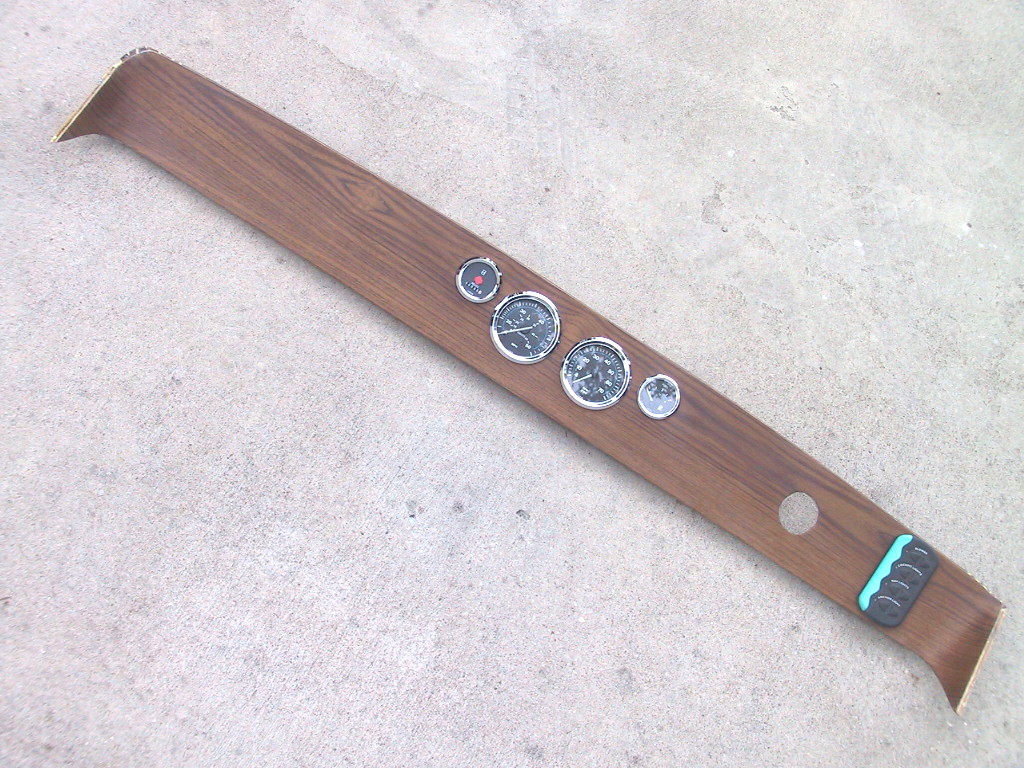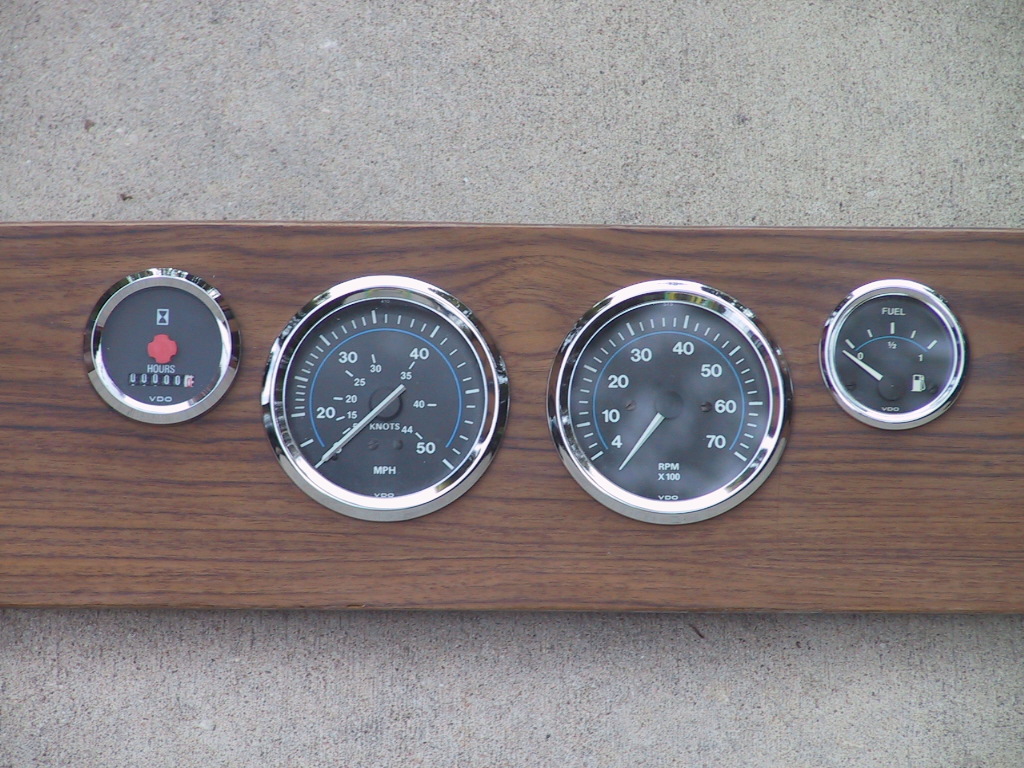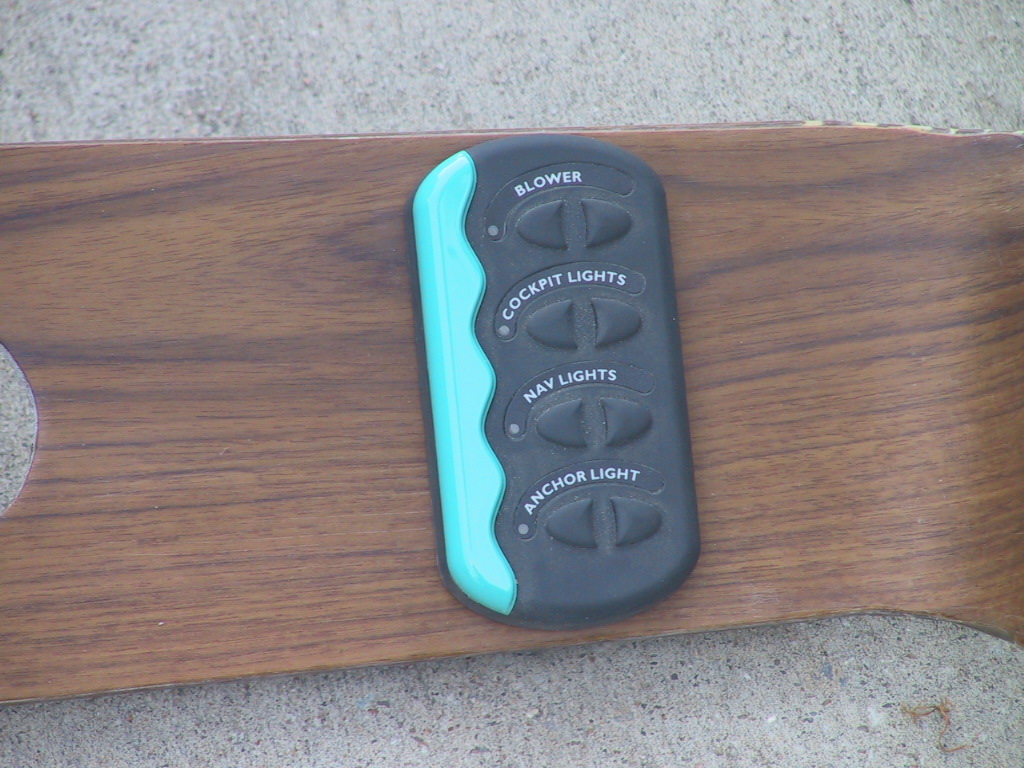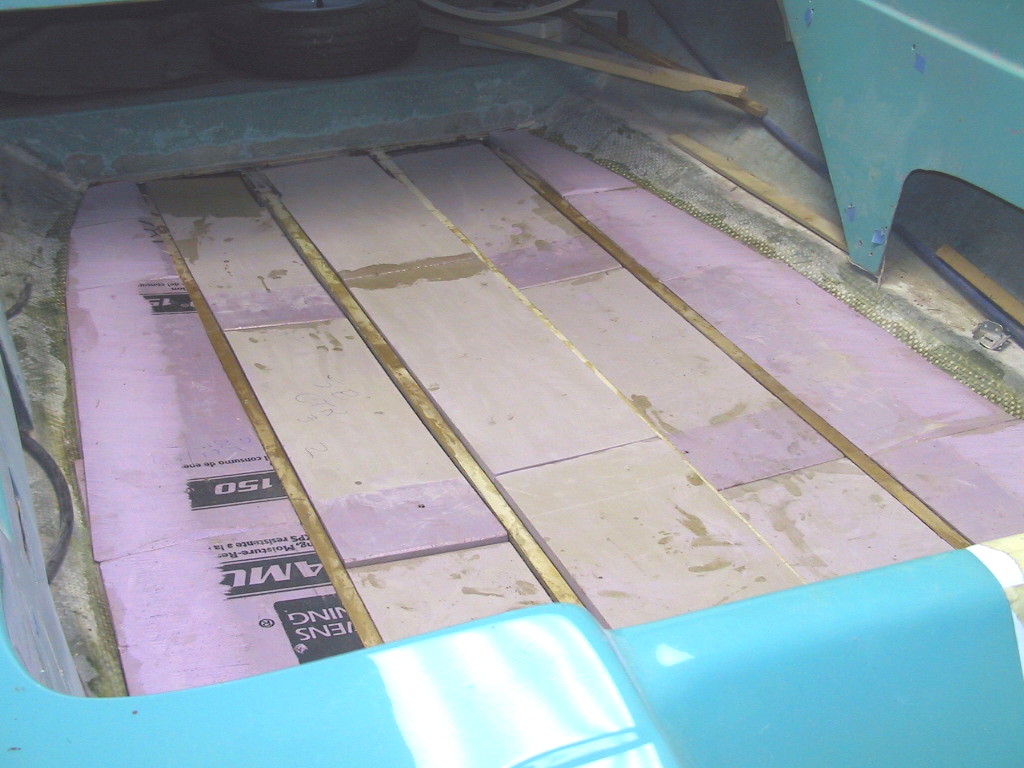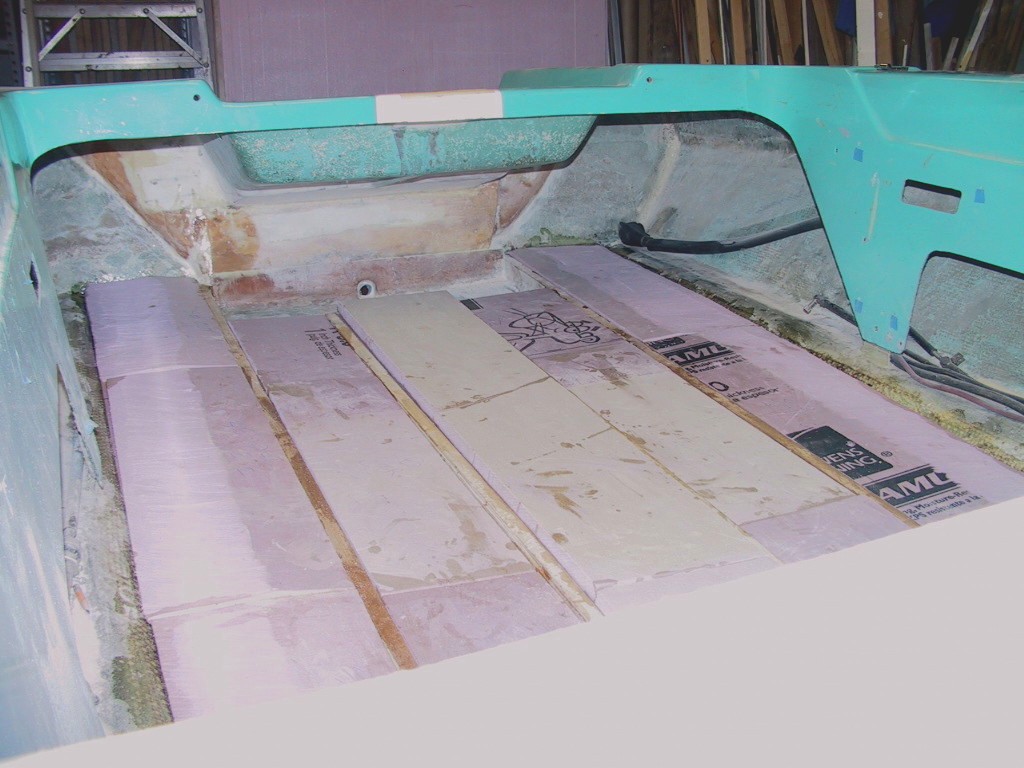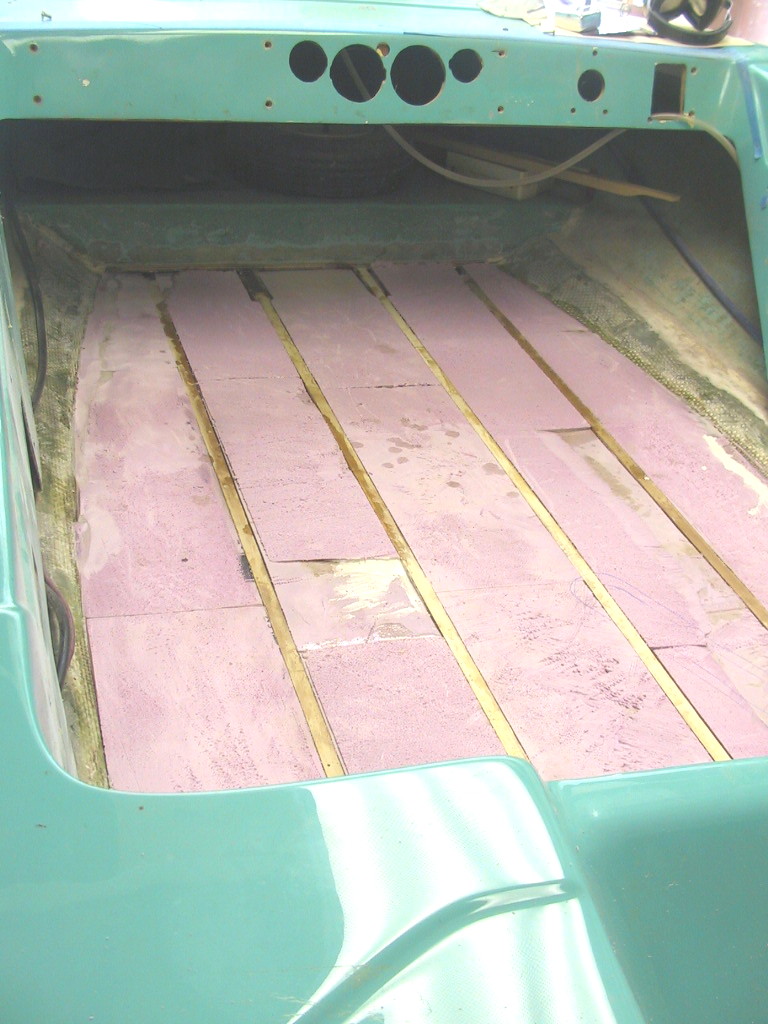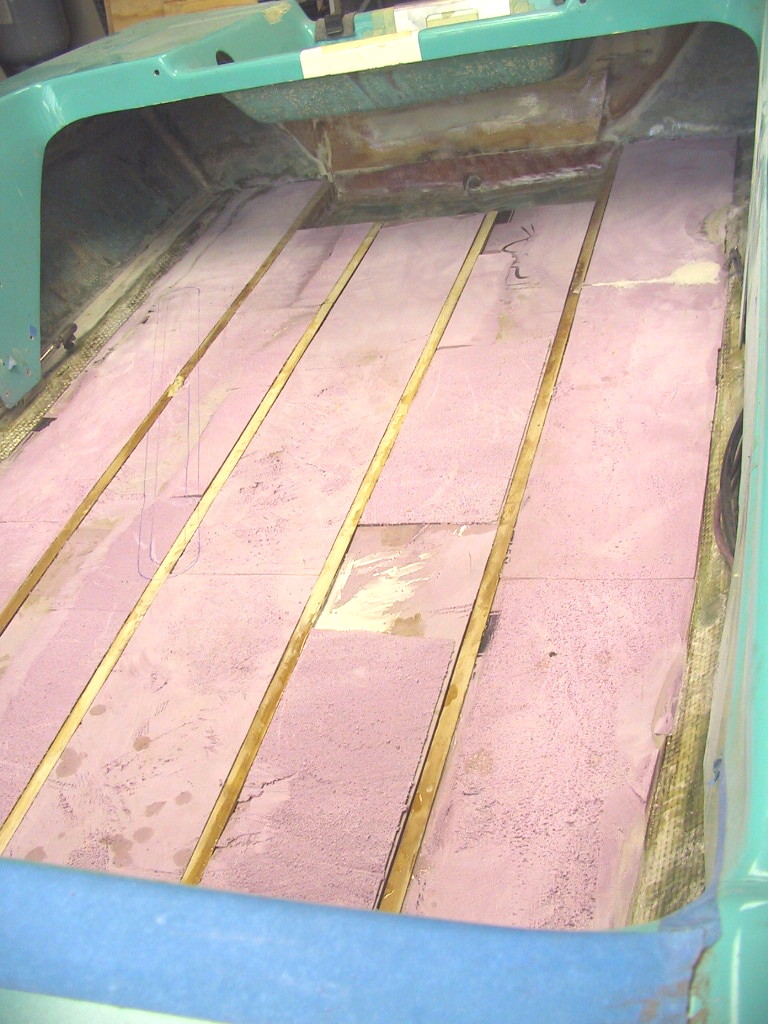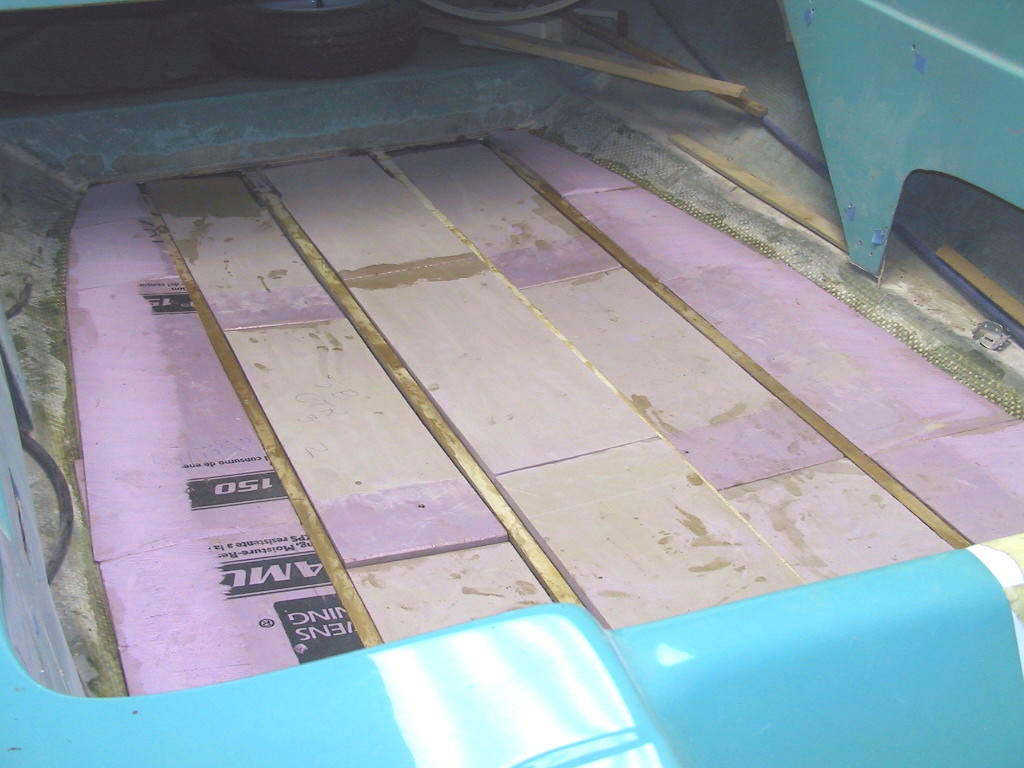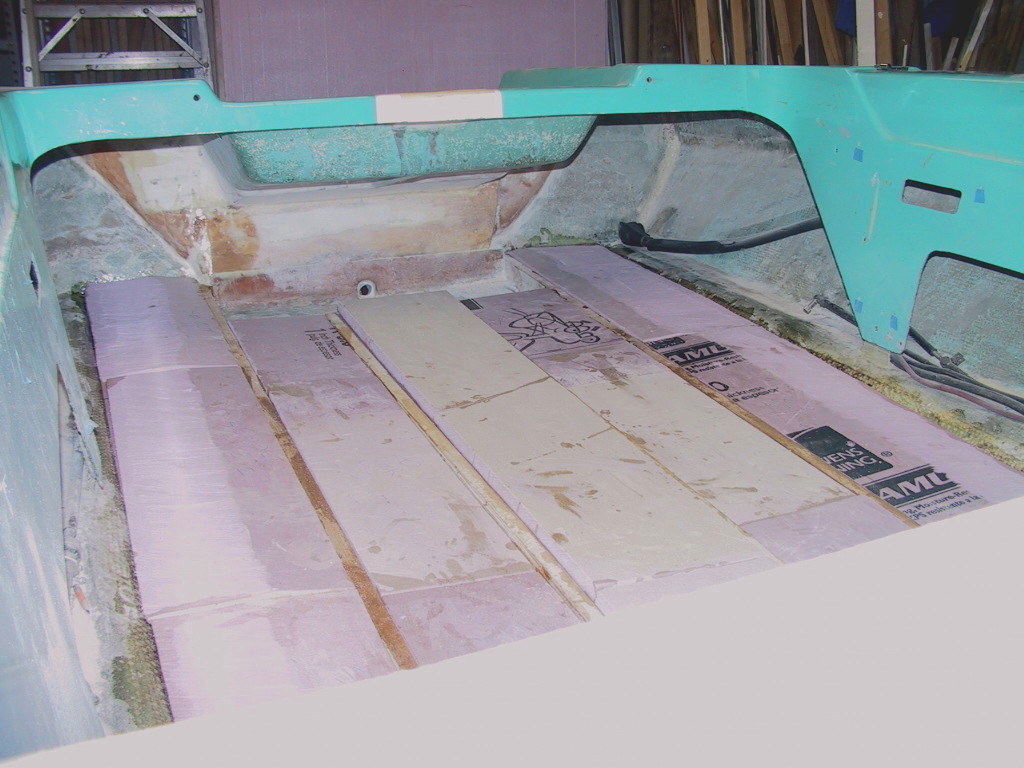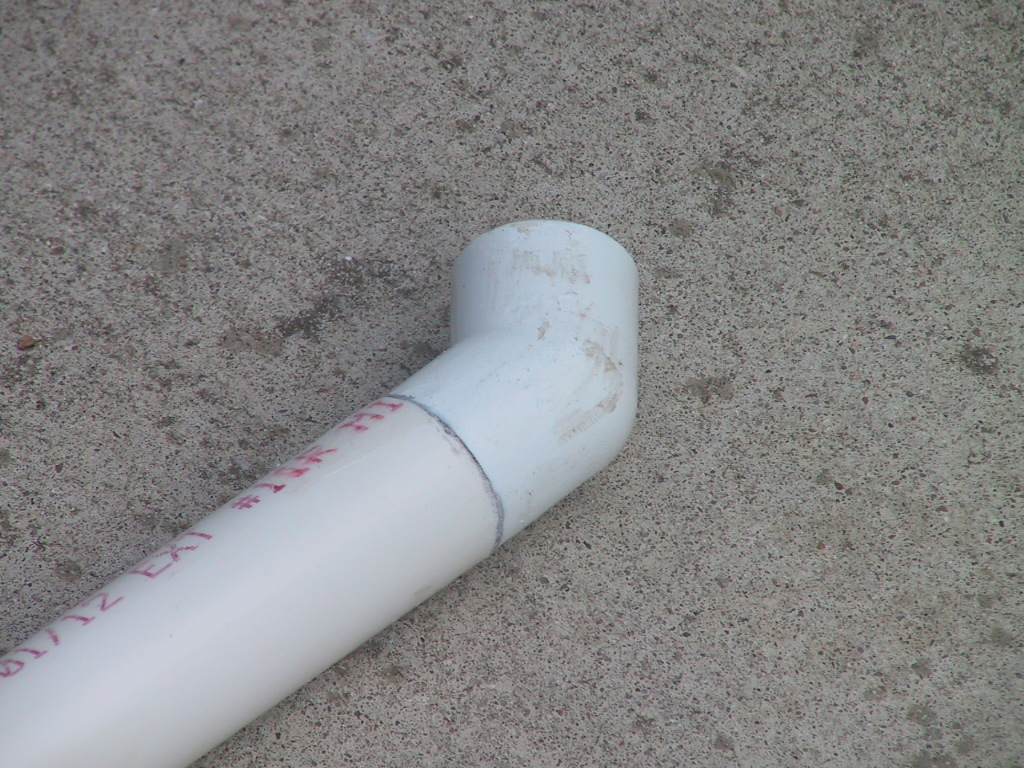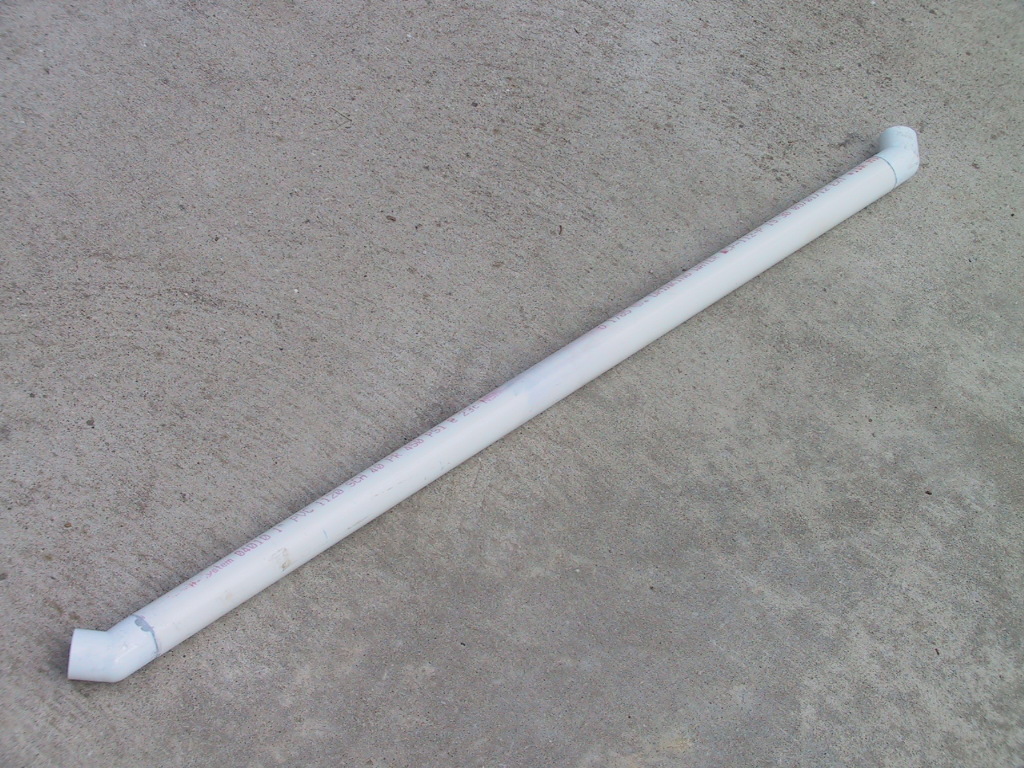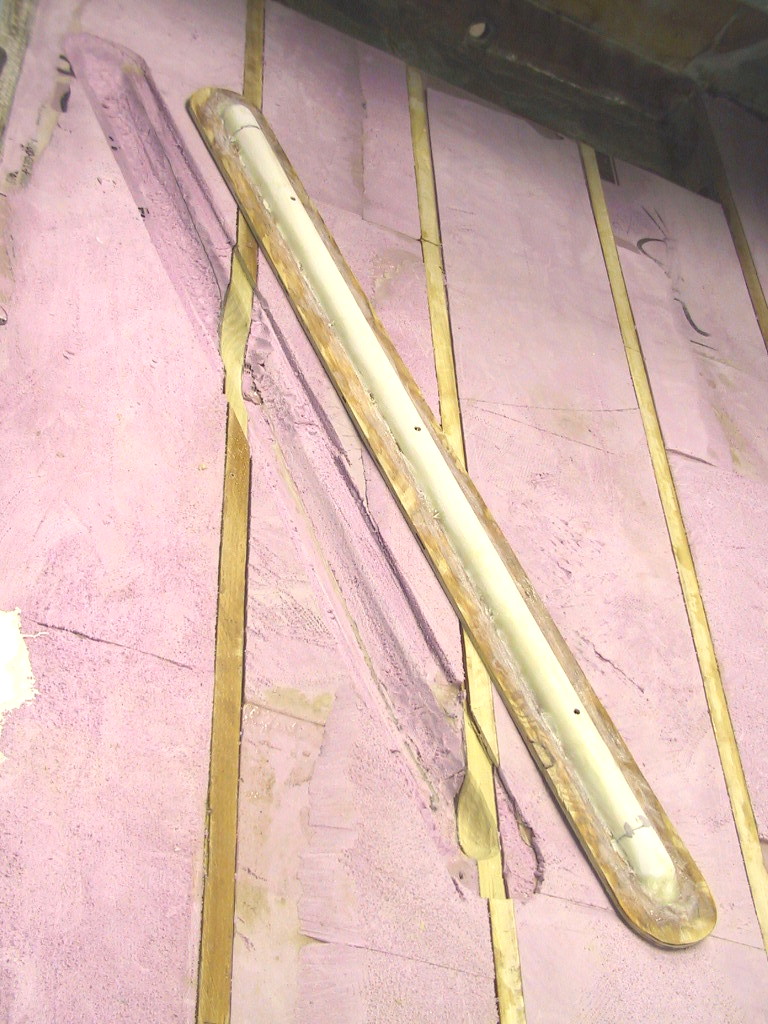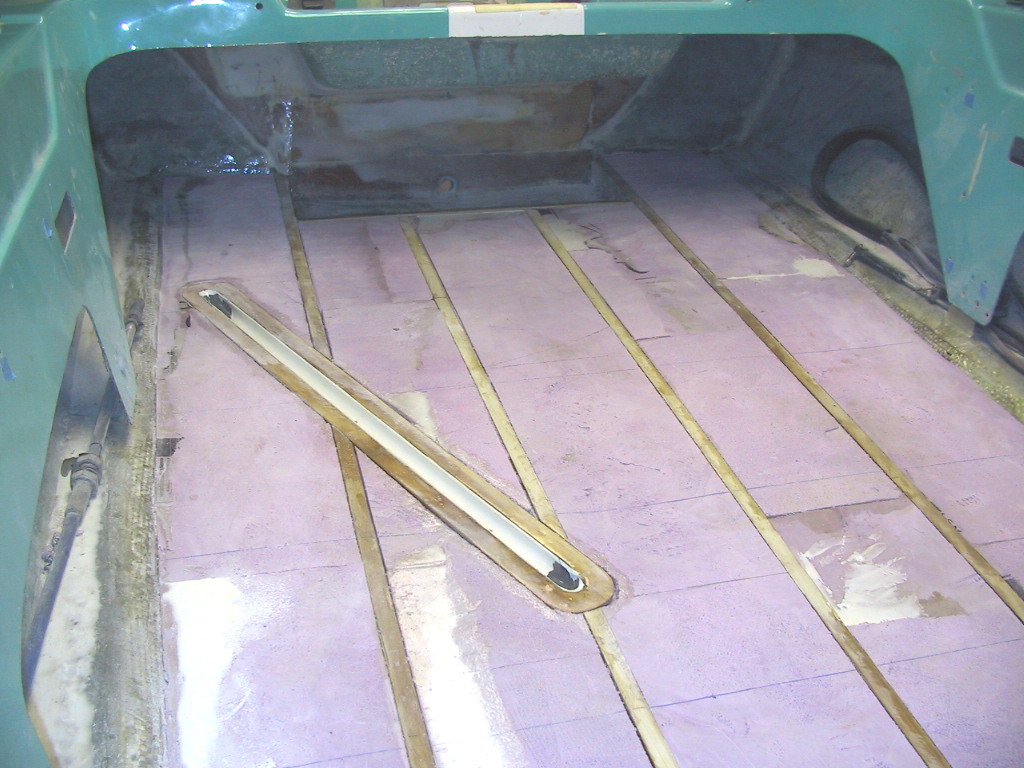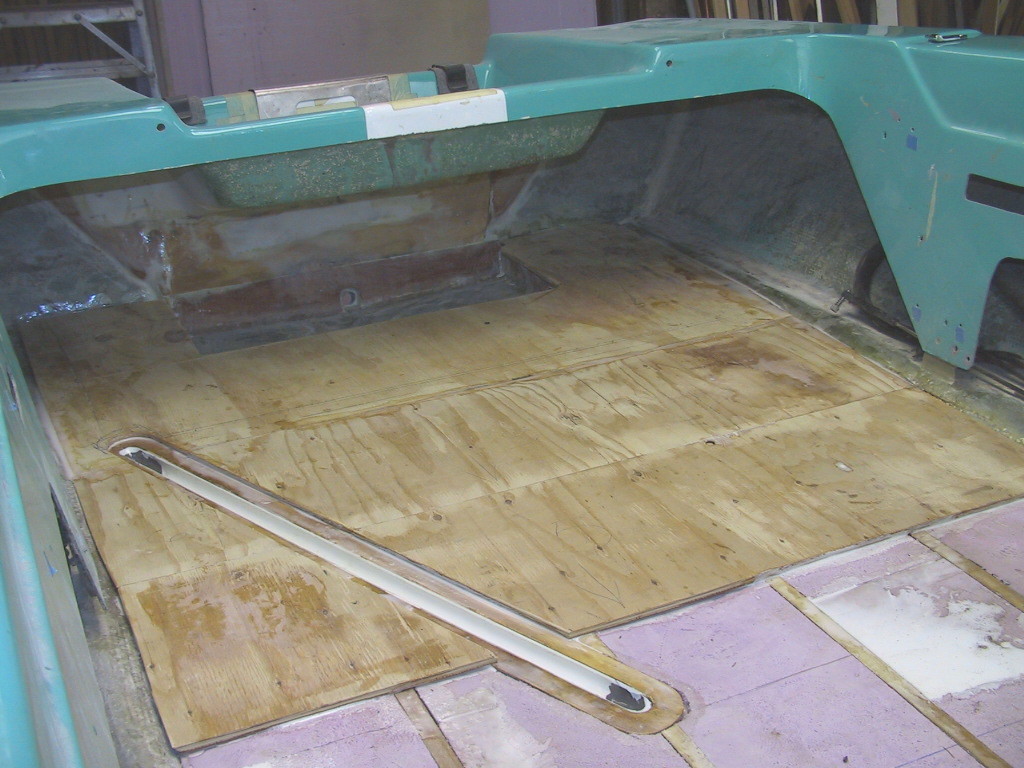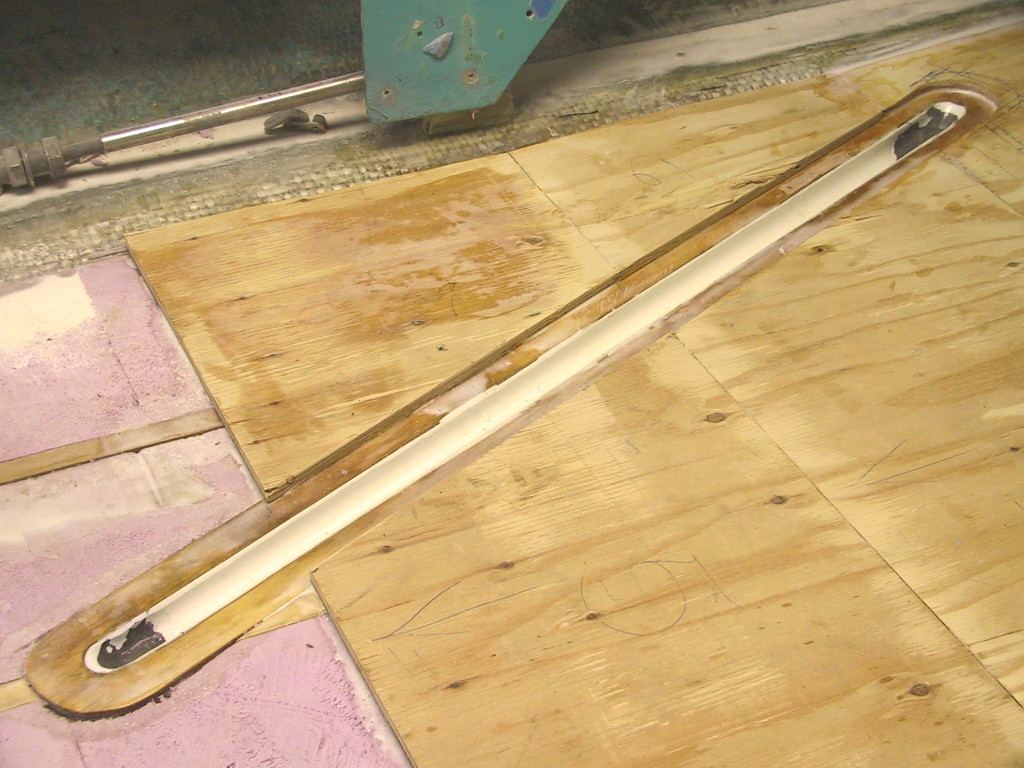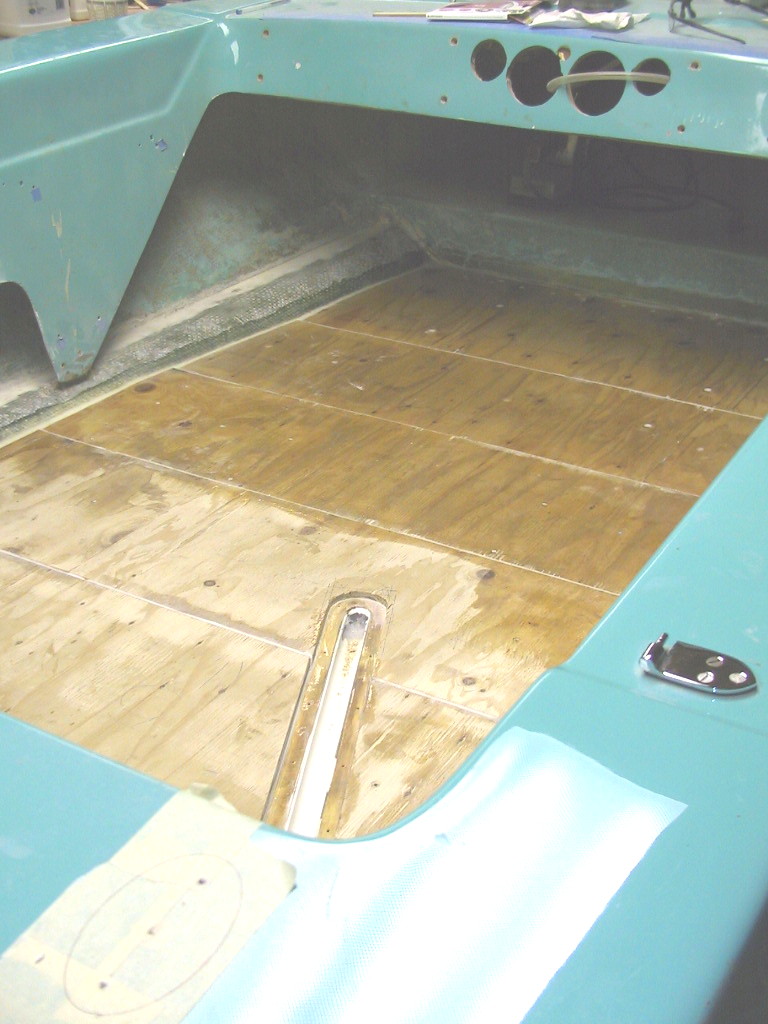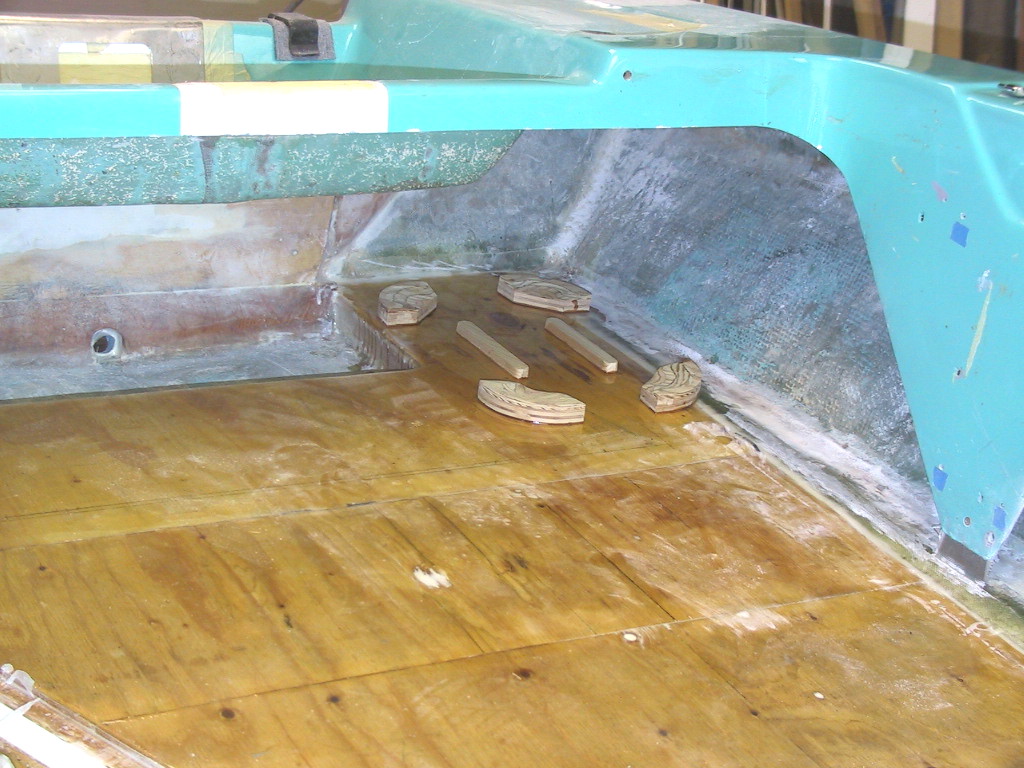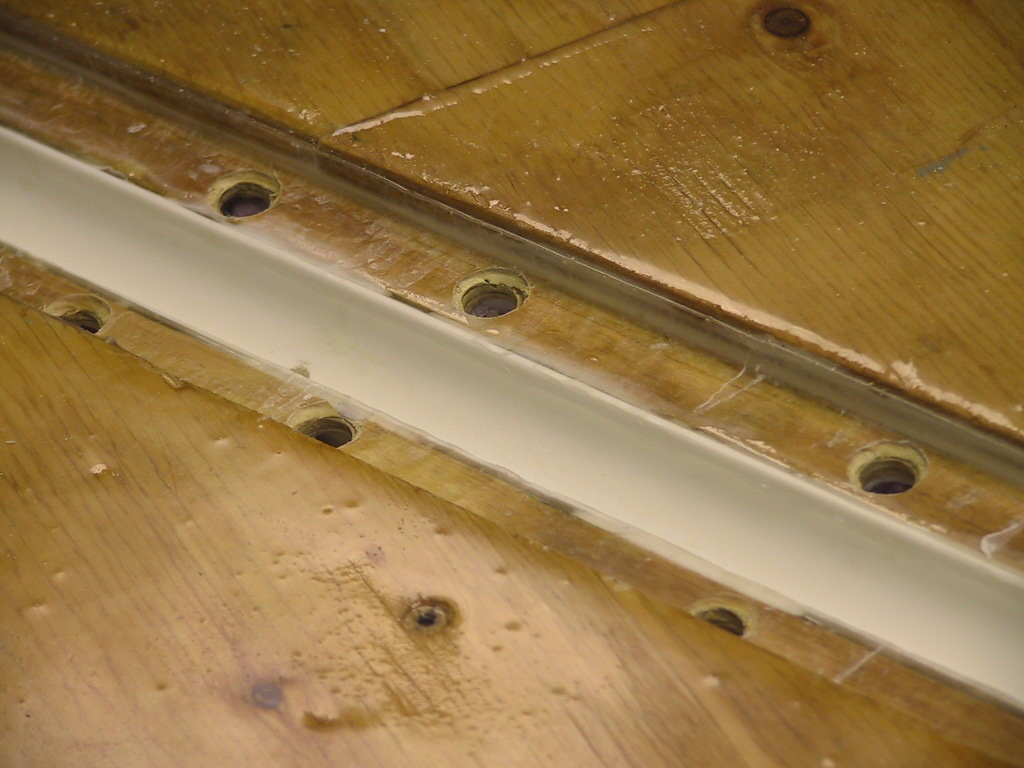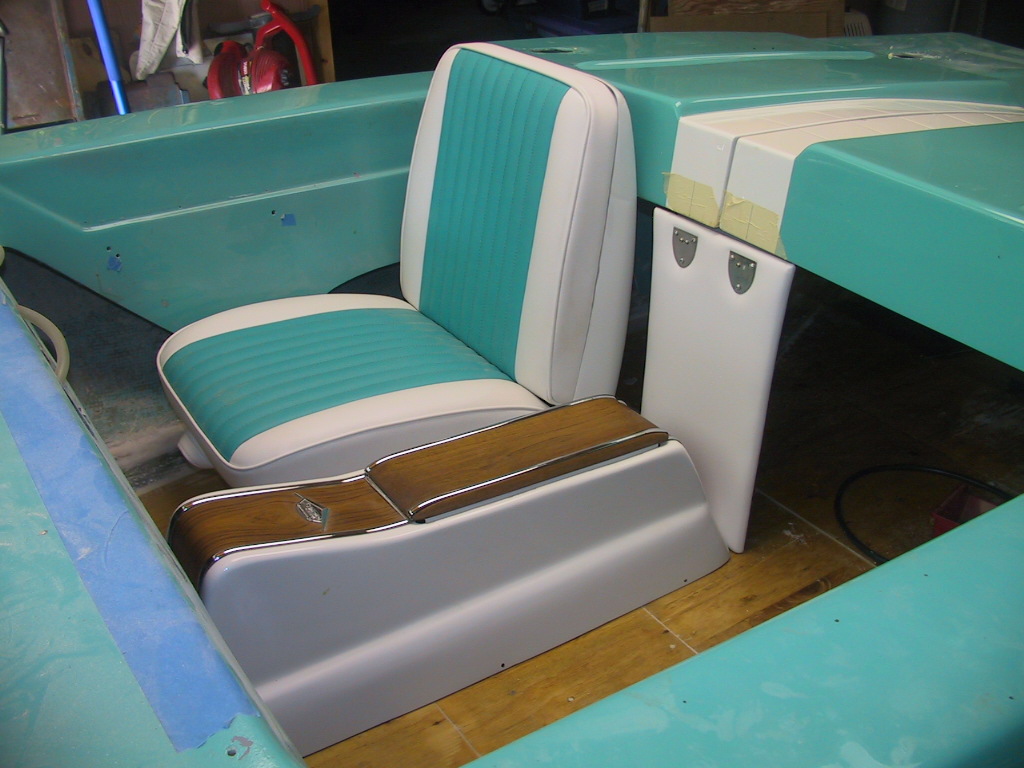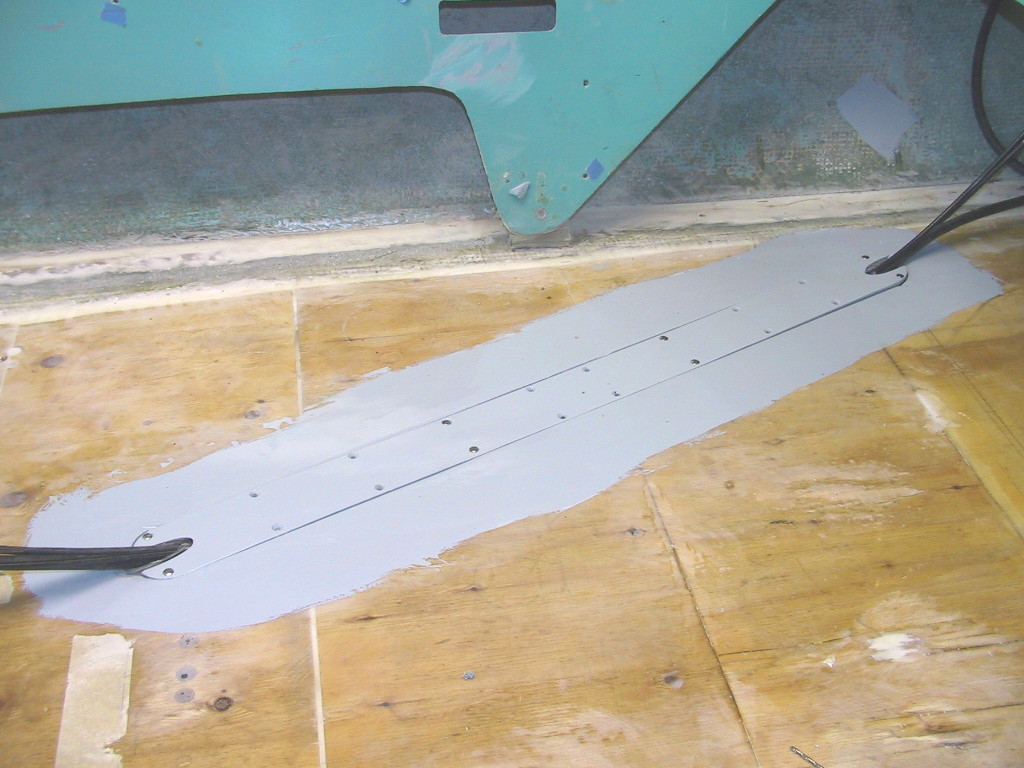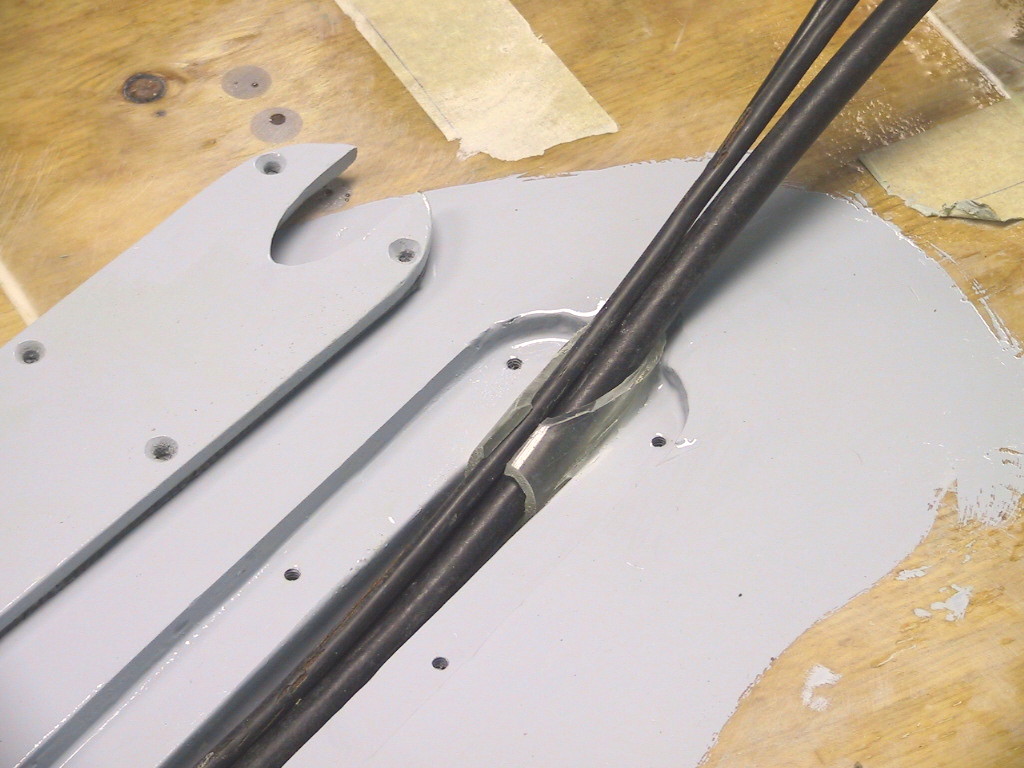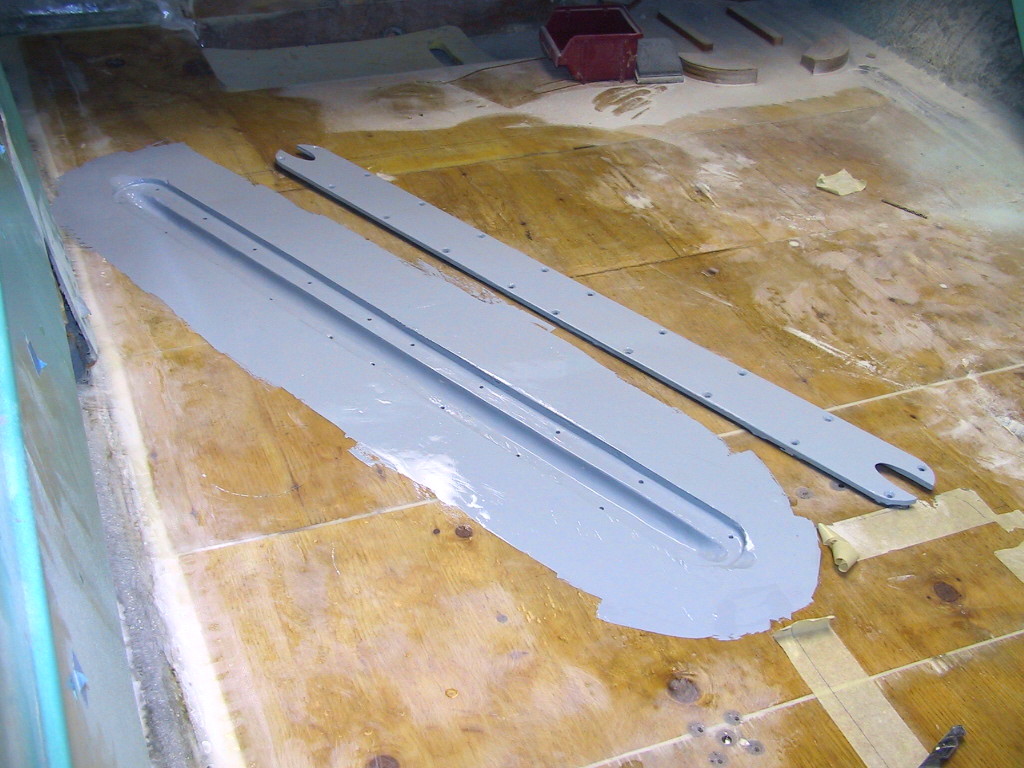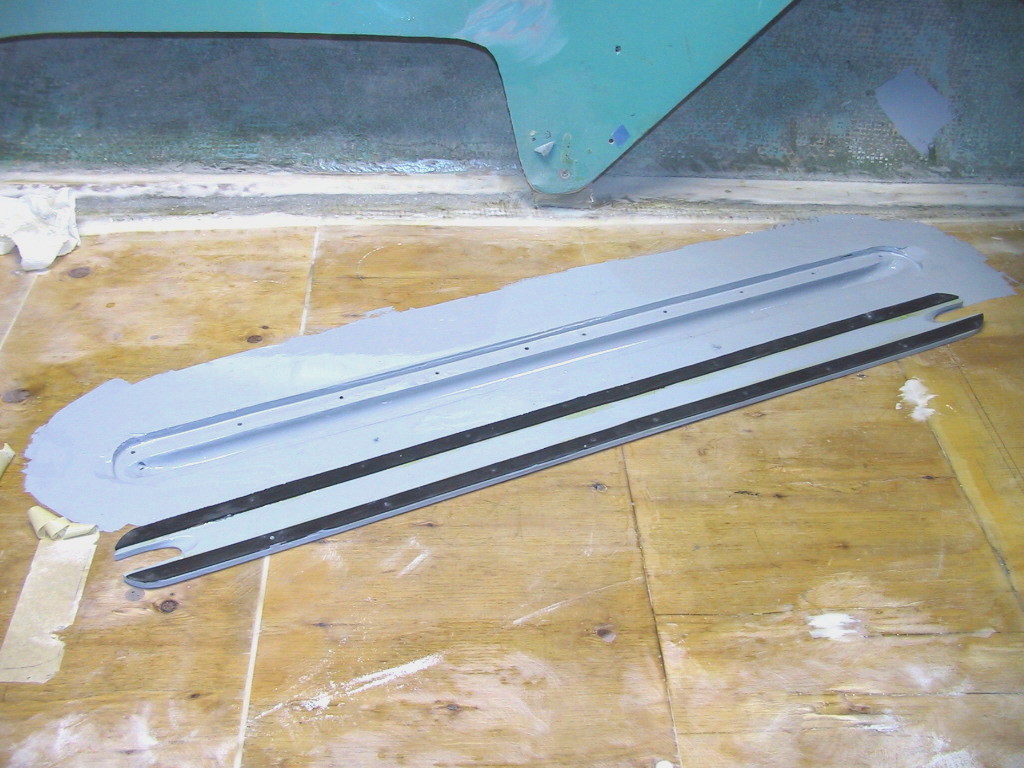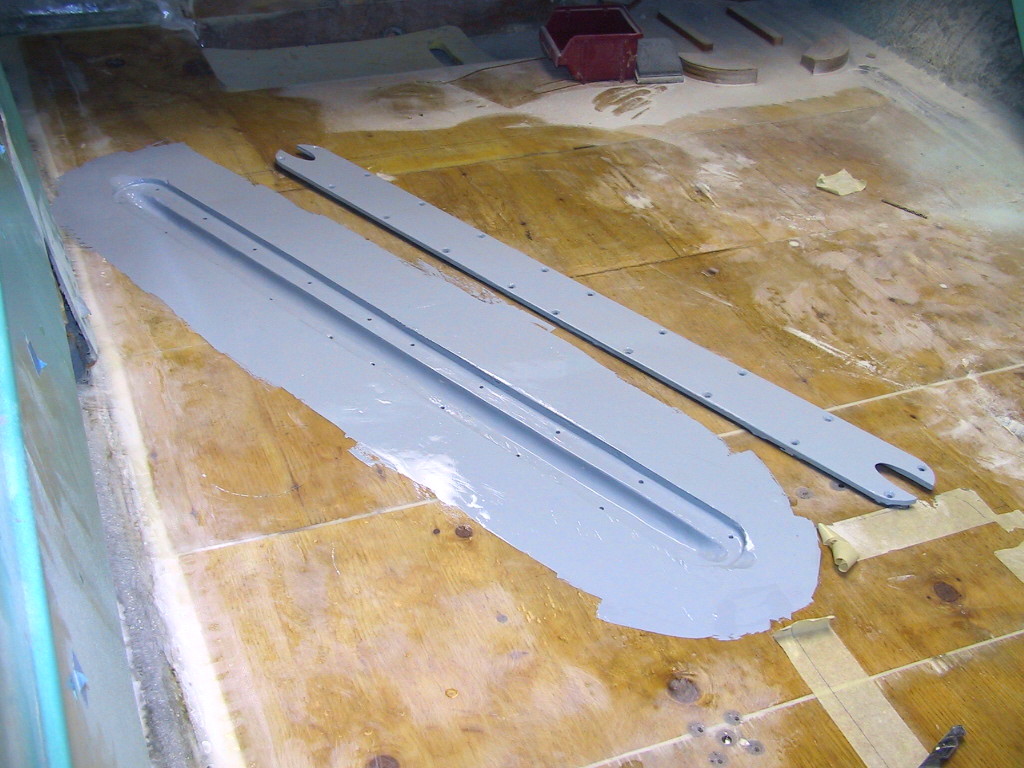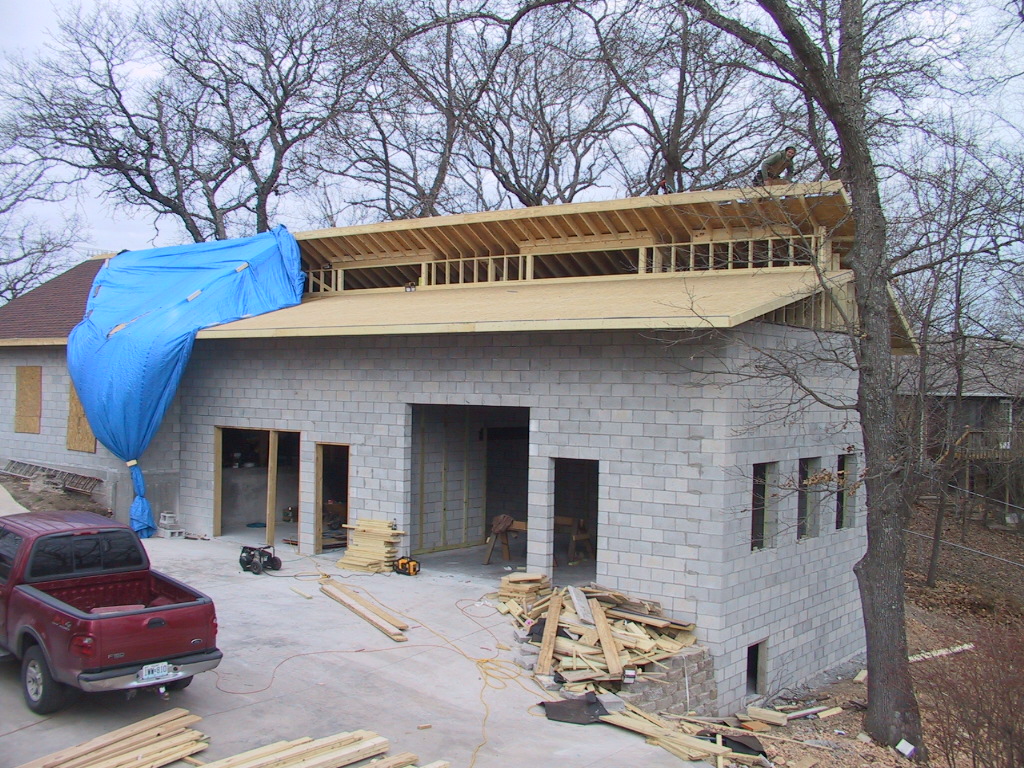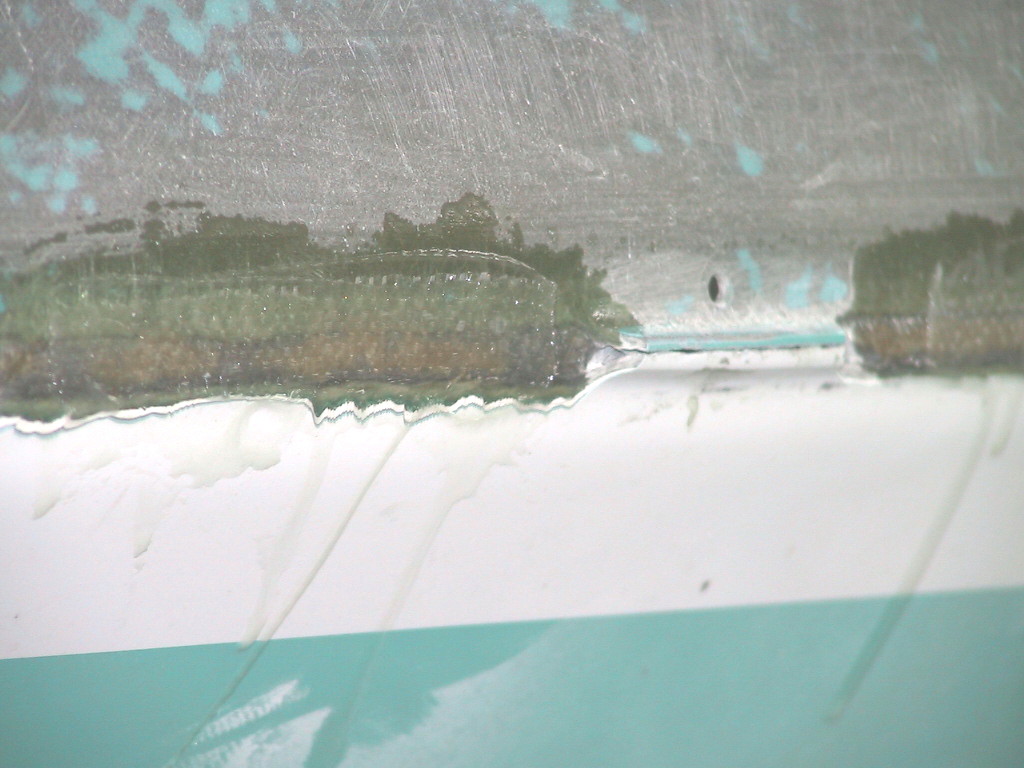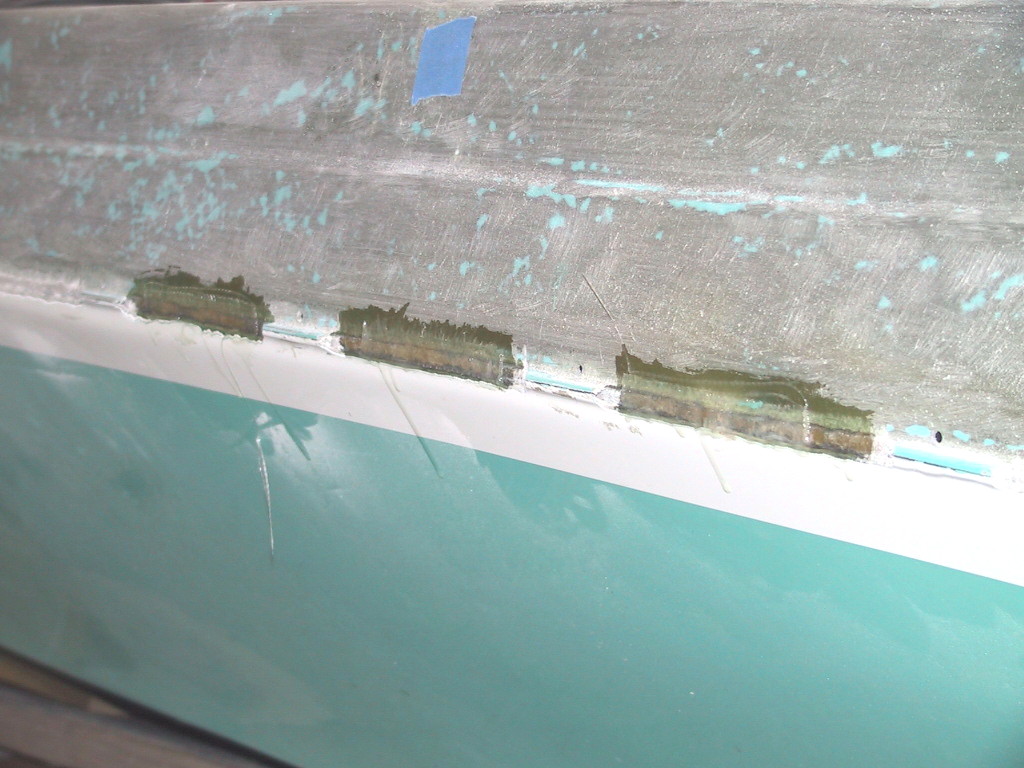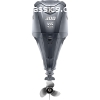|
Welcome,
Guest
|
TOPIC: 1963 Glastron V143 JetFlite Restoration
Re:1963 Glastron V143 JetFlite Restoration 10 years 6 days ago #118002
|
Please Log in or Create an account to join the conversation. |
Re:1963 Glastron V143 JetFlite Restoration 10 years 6 days ago #118017
|
Please Log in or Create an account to join the conversation. |
Re:1963 Glastron V143 JetFlite Restoration 9 years 11 months ago #118410
|
Please Log in or Create an account to join the conversation. |
Re:1963 Glastron V143 JetFlite Restoration 9 years 10 months ago #119071
|
Please Log in or Create an account to join the conversation. |
Re:1963 Glastron V143 JetFlite Restoration 9 years 10 months ago #119176
|
|
Please Log in or Create an account to join the conversation.
Florida's Amphicar restoration destination
|
Re:1963 Glastron V143 JetFlite Restoration 9 years 10 months ago #119784
|
Please Log in or Create an account to join the conversation. |
Re:1963 Glastron V143 JetFlite Restoration 9 years 10 months ago #119789
|
Please Log in or Create an account to join the conversation. |
Re:1963 Glastron V143 JetFlite Restoration 9 years 10 months ago #119801
|
Please Log in or Create an account to join the conversation. |
Re:1963 Glastron V143 JetFlite Restoration 9 years 10 months ago #119829
|
|
Please Log in or Create an account to join the conversation. |
Re:1963 Glastron V143 JetFlite Restoration 9 years 10 months ago #119884
|
|
Please Log in or Create an account to join the conversation. |
Re:1963 Glastron V143 JetFlite Restoration 9 years 9 months ago #120107
|
Please Log in or Create an account to join the conversation. |
Re:1963 Glastron V143 JetFlite Restoration 9 years 9 months ago #120109
|
|
Please Log in or Create an account to join the conversation.
Florida's Amphicar restoration destination
|
Re:1963 Glastron V143 JetFlite Restoration 9 years 9 months ago #120118
|
Please Log in or Create an account to join the conversation. |
Re:1963 Glastron V143 JetFlite Restoration 9 years 9 months ago #120139
|
Please Log in or Create an account to join the conversation. |
Re:1963 Glastron V143 JetFlite Restoration 9 years 8 months ago #121288
|
Please Log in or Create an account to join the conversation. |
Re:1963 Glastron V143 JetFlite Restoration 9 years 8 months ago #121328
|
Please Log in or Create an account to join the conversation. |
Re:1963 Glastron V143 JetFlite Restoration 9 years 8 months ago #121333
|
Please Log in or Create an account to join the conversation.
Dr.Go!
|
Re:1963 Glastron V143 JetFlite Restoration 9 years 8 months ago #121337
|
Please Log in or Create an account to join the conversation. |
Re:1963 Glastron V143 JetFlite Restoration 9 years 8 months ago #121339
|
Please Log in or Create an account to join the conversation.
Dr.Go!
|
Re:1963 Glastron V143 JetFlite Restoration 9 years 8 months ago #121344
|
Please Log in or Create an account to join the conversation.
Dr.Go!
|
Re:1963 Glastron V143 JetFlite Restoration 9 years 4 months ago #125301
|
Please Log in or Create an account to join the conversation. |
Re:1963 Glastron V143 JetFlite Restoration 9 years 2 months ago #127892
|
Please Log in or Create an account to join the conversation. |
Re:1963 Glastron V143 JetFlite Restoration 9 years 2 months ago #127901
|
Please Log in or Create an account to join the conversation. |
Re:1963 Glastron V143 JetFlite Restoration 9 years 2 months ago #127922
|
|
Please Log in or Create an account to join the conversation. |
Re:1963 Glastron V143 JetFlite Restoration 9 years 1 month ago #128198
|
Please Log in or Create an account to join the conversation. |
Re:1963 Glastron V143 JetFlite Restoration 9 years 1 month ago #128238
|
|
Please Log in or Create an account to join the conversation. |
Re:1963 Glastron V143 JetFlite Restoration 9 years 1 month ago #128714
|
Please Log in or Create an account to join the conversation. |
Re:1963 Glastron V143 JetFlite Restoration 9 years 1 month ago #128730
|
|
Please Log in or Create an account to join the conversation. |
Re:1963 Glastron V143 JetFlite Restoration 9 years 1 month ago #128769
|
|
Please Log in or Create an account to join the conversation. |
Re:1963 Glastron V143 JetFlite Restoration 9 years 1 month ago #128785
|
Please Log in or Create an account to join the conversation. |
Re:1963 Glastron V143 JetFlite Restoration 9 years 1 month ago #128883
|
Please Log in or Create an account to join the conversation. |
1963 Glastron V143 JetFlite Restoration 7 years 10 months ago #135656
|
Please Log in or Create an account to join the conversation. |
1963 Glastron V143 JetFlite Restoration 7 years 10 months ago #135661
|
|
Please Log in or Create an account to join the conversation. |
1963 Glastron V143 JetFlite Restoration 7 years 10 months ago #135662
|
Please Log in or Create an account to join the conversation. |
1963 Glastron V143 JetFlite Restoration 6 years 11 months ago #138532
|
Please Log in or Create an account to join the conversation. |
1963 Glastron V143 JetFlite Restoration 6 years 9 months ago #138950
|
Please Log in or Create an account to join the conversation. |
1963 Glastron V143 JetFlite Restoration 6 years 7 months ago #139398
|
Please Log in or Create an account to join the conversation. |
1963 Glastron V143 JetFlite Restoration 6 years 7 months ago #139522
|
Please Log in or Create an account to join the conversation. |
1963 Glastron V143 JetFlite Restoration 6 years 7 months ago #139526
|
Please Log in or Create an account to join the conversation. |
1963 Glastron V143 JetFlite Restoration 6 years 7 months ago #139532
|
Please Log in or Create an account to join the conversation. |












